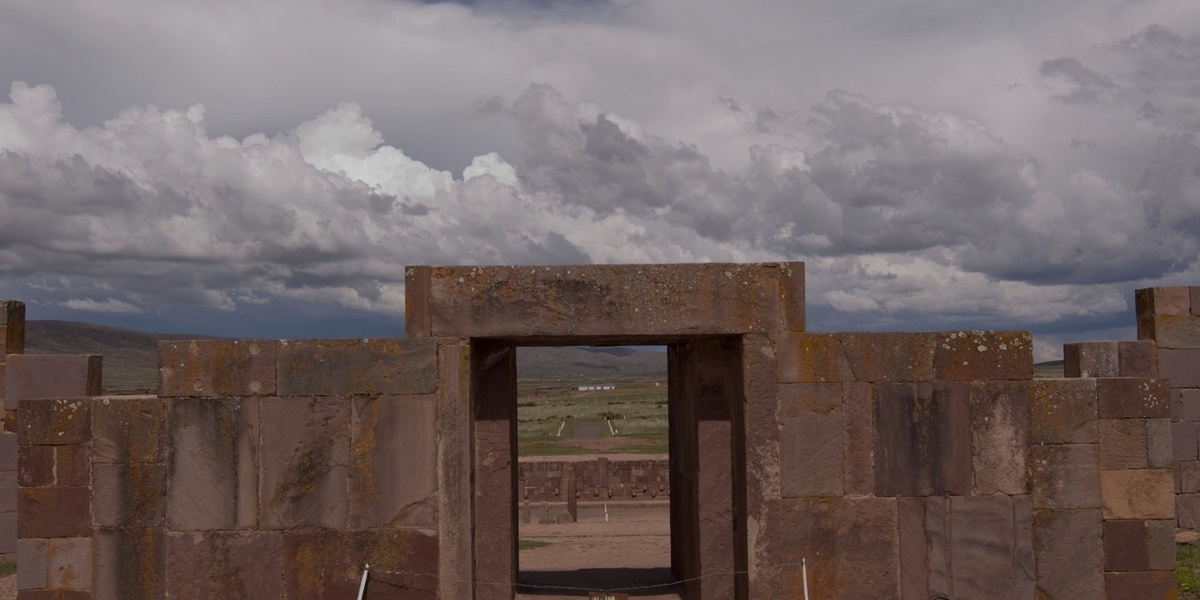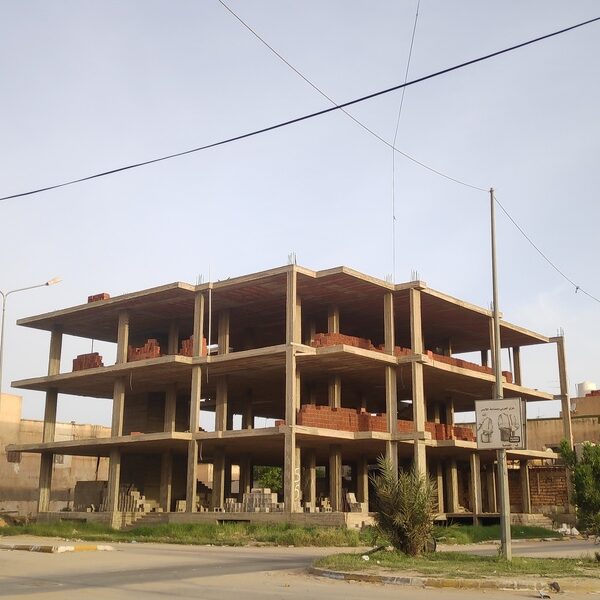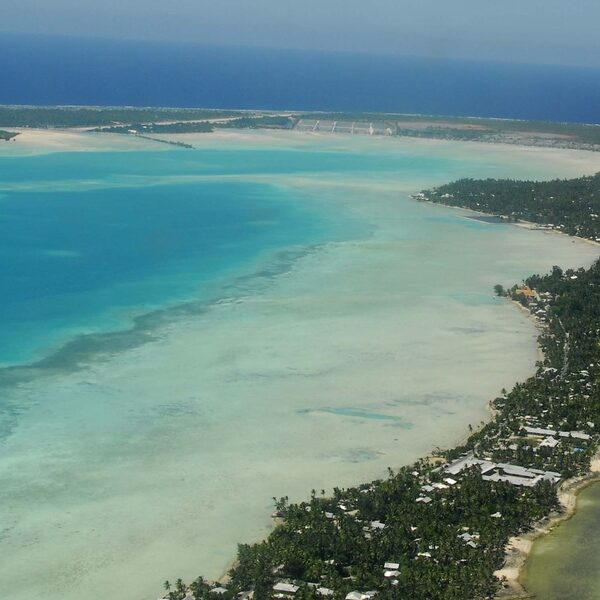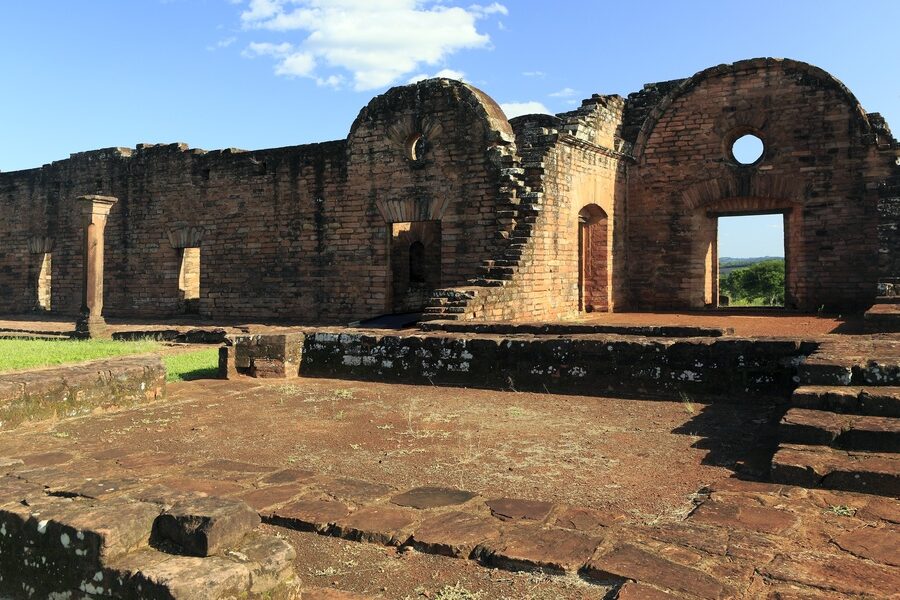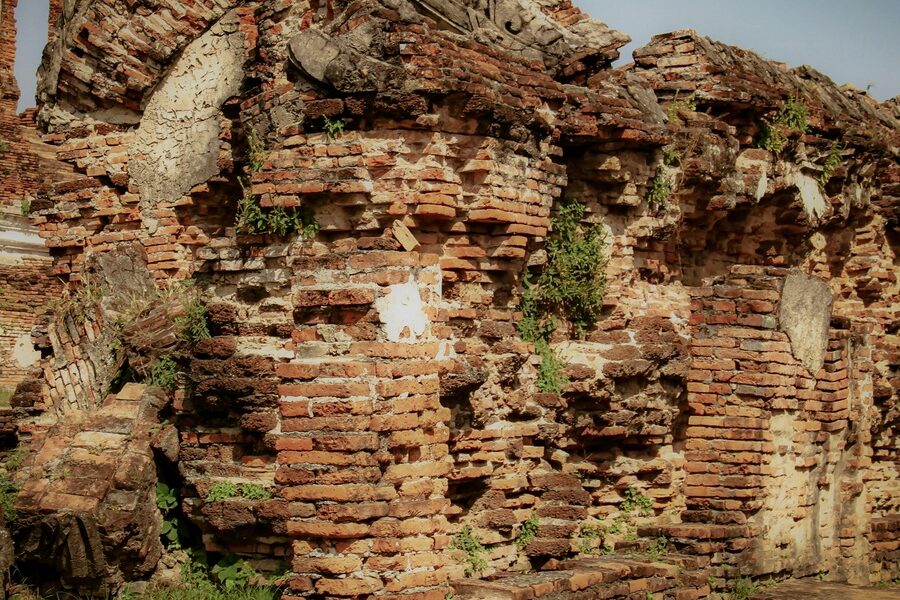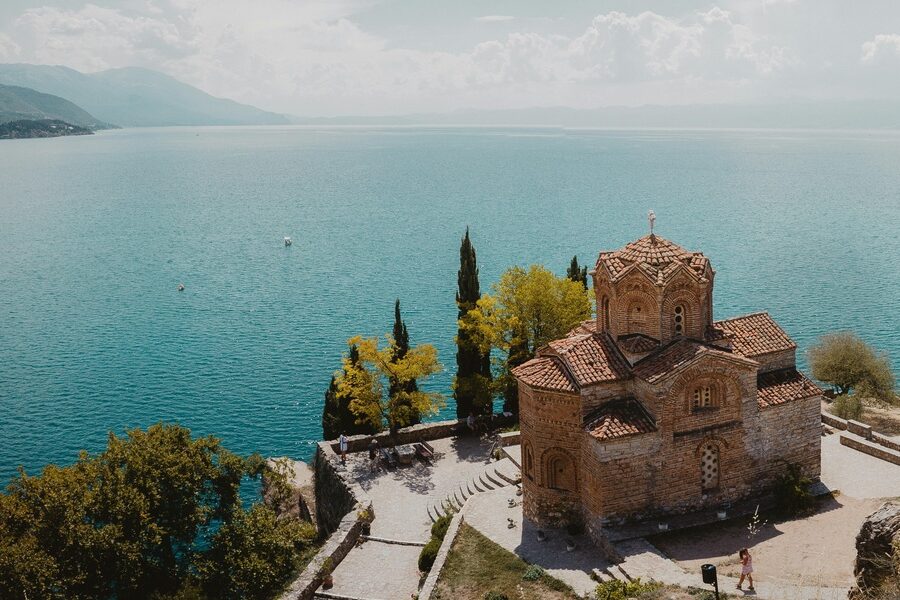Bolivia’s landscapes are a patchwork of ancient plazas, fortified terraces, colonial centers and sacred mounds that tell long, layered stories of its people. From high Andean ceremonial sites to riverside settlements, these places reveal changing technologies, beliefs and trade across centuries.
There are 95 Historical Places in Bolivia, ranging from Akapana Pyramid to Yotala. Entries are organized with Location (nearest city/region),Type & period,Significance (max 15 words); you’ll find below.
How do I choose which sites to see if I have limited time?
Focus on one region to minimize travel: around La Paz and Tiwanaku for Altiplano archaeology, Sucre and Potosí for colonial history, or the eastern lowlands for mission sites. Check access, seasonal weather and opening hours, then group nearby sites into day trips.
Do I need permits or guides to visit these historical places?
Rules vary: many sites have entrance fees or visitor rules, and some protected areas require permits. Hiring a local guide is often helpful for access, context and safety, and contributes to site preservation and the local economy.
Historical Places in Bolivia
| Name | Location (nearest city/region) | Type & period | Significance (max 15 words) |
|---|---|---|---|
| Tiwanaku | La Paz department | Pre-Columbian capital, c. 400-1000 AD | UNESCO site, center of a major pre-Inca civilization. Visit the Puma Punku section. |
| Fuerte de Samaipata | Samaipata, Santa Cruz | Pre-Columbian ceremonial site, c. 14th-16th c. | UNESCO site with a unique massive carved rock, a mystery of ancient cultures. |
| Historic City of Sucre | Sucre, Chuquisaca | Colonial city, 16th c. founding | UNESCO site, Bolivia’s constitutional capital with pristine white colonial architecture. |
| City of Potosí | Potosí | Colonial mining city, 16th c. founding | UNESCO site, once the world’s richest city due to its silver mines. |
| Jesuit Mission of San Javier | San Javier, Santa Cruz | Colonial mission, 17th-18th c. | UNESCO site, part of the Chiquitos Missions known for its Baroque music tradition. |
| Jesuit Mission of Concepción | Concepción, Santa Cruz | Colonial mission, 17th-18th c. | UNESCO site, jewel of the Chiquitos Missions for its stunning restoration. |
| Jesuit Mission of Santa Ana | Santa Ana de Velasco, Santa Cruz | Colonial mission, 18th c. | UNESCO site, noted for its rustic charm and preservation of traditional life. |
| Jesuit Mission of San Miguel | San Miguel de Velasco, Santa Cruz | Colonial mission, 18th c. | UNESCO site, features beautiful church facade and impressive original altar pieces. |
| Jesuit Mission of San Rafael | San Rafael de Velasco, Santa Cruz | Colonial mission, 17th-18th c. | UNESCO site, one of the oldest missions with a unique large painted ceiling canvas. |
| Jesuit Mission of San José | San José de Chiquitos, Santa Cruz | Colonial mission, 17th-18th c. | UNESCO site, unique stone-built church, unlike the others which are mainly wood. |
| Casa de la Moneda | Potosí | Colonial mint, 1572-1953 | The “Spanish Mint of America,” which produced silver coins for the empire. Essential museum. |
| Casa de la Libertad | Sucre, Chuquisaca | Republican landmark, 17th c. building | Where Bolivia’s Declaration of Independence was signed in 1825. A must-visit landmark. |
| Incallajta | near Pocona, Cochabamba | Inca fortress, 15th c. | Largest Inca ruin site in Bolivia, showcasing impressive military and administrative architecture. |
| Isla del Sol | Lake Titicaca, La Paz | Pre-Columbian sacred site, ongoing | Legendary birthplace of the Inca sun god, with numerous ancient ruins. |
| Isla de la Luna | Lake Titicaca, La Paz | Pre-Columbian sacred site, ongoing | Sacred Inca island of the moon, featuring the Temple of the Virgins (Iñak Uyu). |
| Cerro Rico | Potosí | Colonial mine, 16th c. – present | The “Rich Hill” that bankrolled the Spanish Empire. Cooperative mine tours are offered. |
| Train Cemetery | Uyuni, Potosí | Industrial heritage site, early 20th c. | Eerie collection of abandoned steam locomotives from Bolivia’s mining boom. Great for photos. |
| Che Guevara Route (La Higuera) | La Higuera, Santa Cruz | Historical site, 1967 | The village where Che Guevara was captured and executed, now a memorial site. |
| San Francisco Basilica, La Paz | La Paz | Colonial-Baroque church, 18th c. | Stunning example of Andean Baroque architecture with intricate facade carvings. Climb the roof. |
| La Recoleta Monastery | Sucre, Chuquisaca | Colonial monastery, 17th c. | Peaceful monastery with beautiful courtyards and city views. Founded in 1601. |
| Pulacayo | near Uyuni, Potosí | Industrial mining town, 19th-20th c. | A living ghost town; key site in Bolivia’s silver and labor history. |
| Calle Jaén | La Paz | Colonial street, 16th c. | One of La Paz’s best-preserved colonial streets, home to several small museums. |
| Glorieta Castle | Sucre, Chuquisaca | Eclectic palace, late 19th c. | Whimsical castle blending various architectural styles, built by a local mining tycoon. |
| Palacio Portales | Cochabamba | Eclectic mansion, early 20th c. | Opulent mansion of “tin baron” Simón I. Patiño, showcasing European artistry. |
| Tarata | Tarata, Cochabamba | Colonial town, 16th c. | Charming, well-preserved colonial town known for its traditional architecture and tranquil atmosphere. |
| Qhapaq Ñan (Desaguadero section) | La Paz department | Inca road system, 15th-16th c. | Bolivian segment of the UNESCO-listed Great Inca Road, vital for empire communication. |
| Sajama Lines | Sajama National Park, Oruro | Pre-Columbian geoglyphs, date unknown | Network of thousands of ancient straight lines etched into the high-altitude desert. |
| Chullpas Policromas de Carangas | near Sajama, Oruro | Pre-Columbian tombs, c. 13th-15th c. | Unique painted funerary towers (chullpas) of the Aymara kingdoms. Rarely visited. |
| Cathedral Basilica of Our Lady of Peace | La Paz | Neoclassical cathedral, 19th-20th c. | La Paz’s main cathedral on Plaza Murillo, built over a colonial-era church. |
| Metropolitan Cathedral of Sucre | Sucre, Chuquisaca | Renaissance-Baroque cathedral, 16th-18th c. | Houses the wealthy Cathedral Museum and the jewel-encrusted Virgin of Guadalupe. |
| Church of San Lorenzo de Carangas | Potosí | Mestizo-Baroque church, 18th c. | Famous for its incredibly ornate stone-carved facade, a masterpiece of Andean art. |
| Convent of Santa Teresa | Potosí | Colonial convent, 17th c. | Well-preserved Carmelite convent offering a glimpse into colonial religious life for women. |
| Rock Art of Incamachay & Pumamachay | near Sucre, Chuquisaca | Pre-Columbian rock art, c. 1,500 BCE | Protected rock shelters with ancient paintings depicting anthropomorphic and zoomorphic figures. |
| Tupiza Region | Tupiza, Potosí | Historical region, late 19th c. | Site of crucial battles and historic region linked to Butch Cassidy’s final days. |
| Sorata | Sorata, La Paz | Colonial town, 16th c. | Picturesque colonial town, once a prosperous hub for quinine and rubber production. |
| Coroico | Coroico, La Paz (Yungas) | Historical town, 18th c. | Center of Afro-Bolivian culture with roots in the colonial-era slave trade for haciendas. |
| La Coronilla Hill | Cochabamba | National monument, 1812 | Monument to the “Heroines of Coronilla” who fought for independence against royalists. |
| Fortín Boquerón | Chaco region | Chaco War battlefield, 1932 | Site of a major, brutal battle in the Chaco War with Paraguay. |
| Cal Orck’o Dinosaur Footprints | near Sucre, Chuquisaca | Paleontological site, 68 million years ago | World’s largest collection of dinosaur footprints, a key paleontological history site. |
| Pucara de Yako | Yako, La Paz | Pre-Columbian fortress, Mollo culture | Impressive and little-known pre-Inca fortress located in a dramatic canyon landscape. |
| Witches’ Market (Mercado de las Brujas) | La Paz | Cultural-historical market, ongoing | Traditional market with deep roots in Aymara beliefs and historical shamanic practices. |
| Huatajata Reed Boat Builders | Huatajata, La Paz | Traditional heritage site, ongoing | Center for the historical craft of building totora reed boats like Thor Heyerdahl’s. |
| Chipaya Churches | Chipaya, Oruro | Colonial-era churches, 16th-17th c. | Unique conical mud-and-thatch churches of the ancient Uru-Chipaya people. |
| Curahuara de Carangas Church | Curahuara de Carangas, Oruro | Colonial chapel, 1608 | Known as the “Sistine Chapel of the Andes” for its stunning interior murals. |
| Palacio de la Florida | near Sucre, Chuquisaca | Republican-era mansion, 19th c. | Former residence of Bolivian presidents, now a museum with beautiful gardens. |
| National Museum of Archaeology | La Paz | Museum, 20th c. | Houses the most important artifacts from Tiwanaku and other pre-Columbian cultures. |
| National Ethnography and Folklore Museum (MUSEF) | La Paz | Museum in colonial palace, 18th c. | Housed in the historic Palacio de los Marqueses de Villaverde, showcasing cultural history. |
| Sucre’s General Cemetery | Sucre, Chuquisaca | Historic cemetery, 19th c. | Famous for its ornate mausoleums of Bolivia’s political and social elite. |
| Catavi Mining Complex | Catavi, Potosí | 20th c. mining complex | Historic tin mine, site of the 1942 Catavi Massacre, a key labor event. |
| Vallegrande | Vallegrande, Santa Cruz | Historical town, 1967 | Town where Che Guevara’s body was displayed and buried in a secret grave. |
| Totora | Totora, Cochabamba | Colonial-Republican town, 19th c. | Beautifully preserved town, a national monument, almost destroyed by a 1998 earthquake. |
| Santa Cruz Cathedral Basilica | Santa Cruz de la Sierra | Colonial-Republican cathedral, 18th-20th c. | Landmark with a museum of religious art from the Jesuit Mission era. |
| Oruro’s Socavón Sanctuary | Oruro | Mining-religious site, 18th c. | Church built above a mine, central to the UNESCO-recognized Oruro Carnival traditions. |
| Tarija’s Casa Dorada | Tarija | Republican mansion, late 19th c. | Ornate “Golden House,” now a cultural center reflecting the city’s prosperous past. |
| Chacaltaya Laboratory | near La Paz | Scientific historical site, 1940s | Site of one of the world’s highest cosmic ray labs, historically significant. |
| Choro Trail | Yungas, La Paz | Pre-Columbian trail | A well-preserved Inca trail that descends from the high Andes to the cloud forest. |
| Takesi Trail | Yungas, La Paz | Pre-Columbian trail | Another major pre-Columbian paved trail crossing the Andes, used for trade and transport. |
| Kalasasaya Temple | Tiwanaku, La Paz | Pre-Columbian temple, c. 300-1000 AD | The main temple complex at Tiwanaku, featuring the Ponce Monolith and Sun Gate. |
| Semi-Subterranean Temple | Tiwanaku, La Paz | Pre-Columbian temple, c. 300-1000 AD | Famous for its walls embedded with hundreds of unique carved stone heads. |
| Akapana Pyramid | Tiwanaku, La Paz | Pre-Columbian pyramid, c. 300-1000 AD | The largest structure at Tiwanaku, a massive stepped pyramid currently under excavation. |
| Pilgrimage Stairs of the Inca | Isla del Sol, La Paz | Inca staircase | Ancient stone stairway leading up from the shore to a sacred Inca fountain. |
| Chincana Ruins | Isla del Sol, La Paz | Inca ruins | A labyrinth-like complex believed to be a residence for Inca priests. |
| Ingavi Battlefield | Viacha, La Paz | Battlefield, 1841 | Site of the Battle of Ingavi, which decisively secured Bolivia’s independence from Peru. |
| Loma Suárez | Trinidad, Beni | Pre-Columbian earthworks | An ancient artificial hill built by pre-Columbian hydraulic cultures of the Amazonian plains. |
| Hydraulic Cultures of the Llanos de Moxos | Beni department | Pre-Columbian earthworks, c. 800 BCE | Vast system of causeways, canals, and mounds built by ancient Amazonian societies. |
| Church of Sica Sica | Sica Sica, La Paz | Colonial-Baroque church, 16th-17th c. | Noted for its unique stone carvings mixing Catholic and indigenous symbolism on its facade. |
| Church of Laja | Laja, La Paz | Colonial church, 16th c. | Site of the original founding of La Paz, this church is a national monument. |
| Copacabana Basilica | Copacabana, La Paz | Colonial-Moorish shrine, 17th c. | Home to the miraculous Virgin of Copacabana, a major national pilgrimage site. |
| Quillacas Sanctuary | Quillacas, Oruro | Colonial-era sanctuary, 17th c. | Important Andean pilgrimage site with a long pre-Hispanic and colonial religious history. |
| Presidential Palace (Palacio Quemado) | La Paz | Republican palace, 19th c. | The “Burned Palace,” historic seat of government, scene of many political events. |
| Church of Carabuco | Carabuco, La Paz | Colonial church, 17th-18th c. | Famous for its large oil paintings depicting the “Last Judgment” with indigenous features. |
| Uyuni’s Pulacayo-bound Railway | Uyuni, Potosí | Industrial heritage, 19th c. | Historic railway line that connected the silver mines, an engineering feat. |
| The Devil’s Gate (Puerta del Diablo) | Potosí | Colonial aqueduct system | Part of the Ribera de los Ingenios, the historic colonial silver processing system. |
| Chua Vicacha | near Jesús de Machaca, La Paz | Pre-Columbian sculptures, date unknown | Enigmatic carved stone heads, possibly related to the Tiwanaku culture. |
| Museum of the Litoral | Sucre, Chuquisaca | Historical museum, 20th c. | Museum dedicated to the memory of the War of the Pacific and lost coastline. |
| Tarabuco Market | Tarabuco, Chuquisaca | Cultural-historical event, ongoing | Commemorates the 1816 Battle of Jumbate with a famous folkloric market and dance. |
| San Calixto Observatory | La Paz | Scientific historical site, 1913 | Historic Jesuit observatory, one of the most important seismological stations in South America. |
| Villa Abecia & Camargo | Cintís Valley, Chuquisaca | Historic wine region, 16th c. | The heart of Bolivia’s colonial-era wine and singani production history. |
| Rurrenabaque Town | Rurrenabaque, Beni | Historic river port, 19th-20th c. | Historic port town from the rubber boom era, now gateway to the Amazon. |
| Guayaramerín Town | Guayaramerín, Beni | Historic river port, 19th-20th c. | Border town on the Mamoré river, key site during the rubber boom era. |
| Cobija City | Cobija, Pando | Historic city, 20th c. | Founded to secure Bolivian territory during the rubber boom, capital of Pando department. |
| Puerto Suárez | Puerto Suárez, Santa Cruz | Historic river port, 19th c. | Important port on the Paraguay River system, historically connecting Bolivia to the Atlantic. |
| Chulumani | Chulumani, La Paz (Yungas) | Historic town, 19th c. | One of the principal towns of the Yungas, historically significant for coffee production. |
| San Francisco Convent, Tarija | Tarija | Colonial convent, 17th c. | Contains the library of the Franciscan missionaries who explored the Chaco region. |
| San Francisco Convent, Potosí | Potosí | Colonial convent, 16th c. | Features catacombs and a rooftop terrace with excellent views of Cerro Rico. |
| Plaza Murillo | La Paz | Historic square, 16th c. | Bolivia’s political heart, site of the Presidential Palace and National Congress. |
| Evo Morales Museum | Orinoca, Oruro | Modern historical site, 2017 | Museum dedicated to the life of Bolivia’s first indigenous president. |
| Church of San Pedro, La Paz | La Paz | Colonial church, 18th c. | Notable church adjacent to the famous San Pedro Prison, built by indigenous labor. |
| Church of Santo Domingo, La Paz | La Paz | Colonial church, 17th c. | One of La Paz’s oldest churches, built on the site of an Inca palace. |
| El Alto’s Feria 16 de Julio | El Alto, La Paz | Cultural-historical market, 20th c. | One of the world’s largest street markets, a center of modern Aymara history. |
| Tambo Quirquincho Museum | La Paz | Colonial-era building, 18th c. | Former home of a cacique, now a municipal museum about La Paz’s history. |
| National Art Museum | La Paz | Baroque palace, 1775 | Housed in the magnificent Palacio Diez de Medina, showcasing Bolivian art history. |
| Yotala | near Sucre, Chuquisaca | Colonial-Republican town, 19th c. | Historic vacation town for Sucre’s elite, featuring many well-preserved mansions. |
| Corani Lake Power Plant | Corani, Cochabamba | Industrial historical site, 20th c. | Represents a key moment in Bolivia’s push for industrialization and energy independence. |
| Camiri | Camiri, Santa Cruz | Historic city, 20th c. | Known as Bolivia’s “oil capital,” central to the history of the Chaco War. |
Images and Descriptions
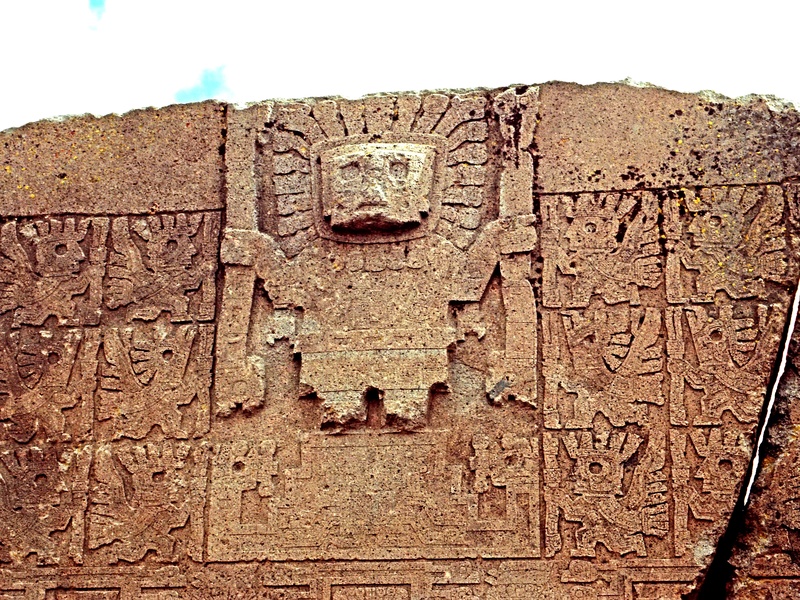
Tiwanaku
Tiwanaku stands as a major pre-Columbian archaeological site on the Altiplano. It contains monumental stone architecture and plazas from a sophisticated Andean civilization. It fits this list for its deep antique significance and monumental ruins.
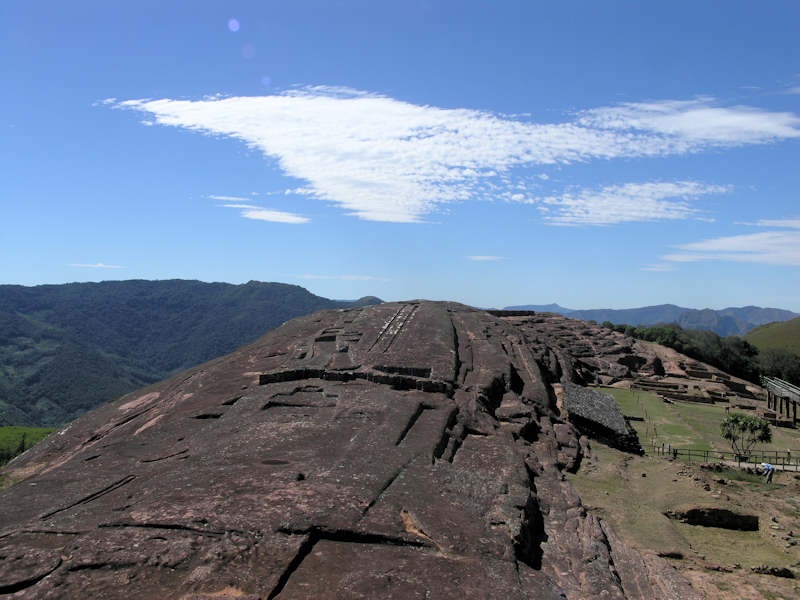
Fuerte de Samaipata
Fuerte de Samaipata is a large rock complex with carved reliefs and pre-Columbian and colonial layers near Samaipata. It shows indigenous ritual art and later Spanish occupation.
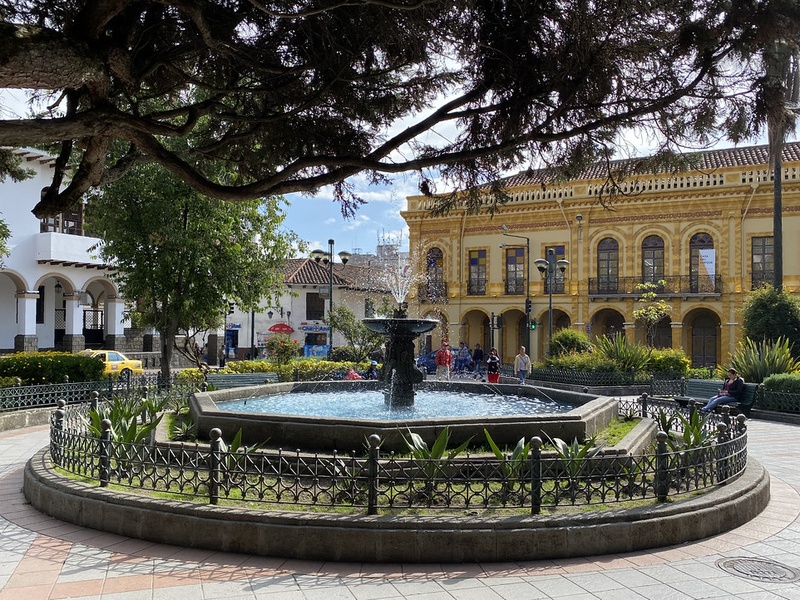
Historic City of Sucre
Sucre is Bolivia’s constitutional capital with preserved colonial architecture. It holds civic, religious, and independence-era buildings of national heritage.
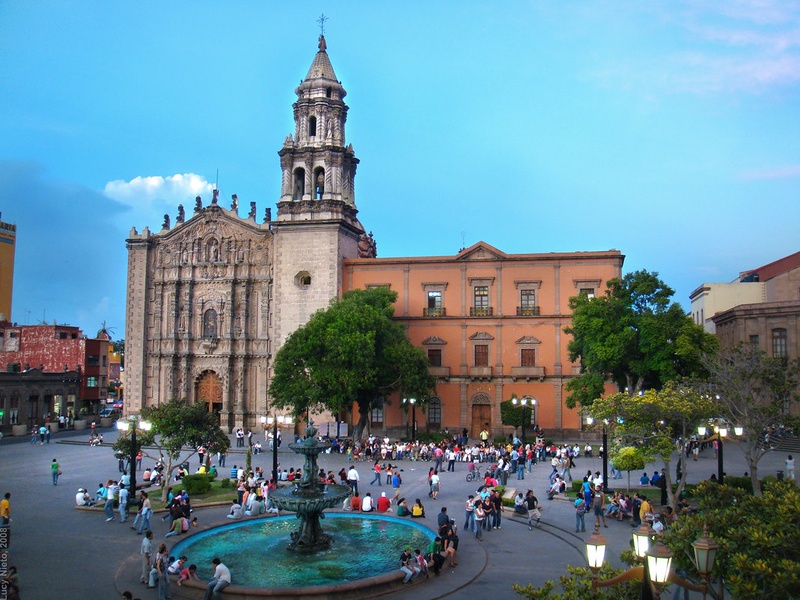
City of Potosí
Potosí grew rich from Cerro Rico silver mines in the colonial era. It features Spanish-era mansions, mining sites, and strong historical ties to empire wealth.
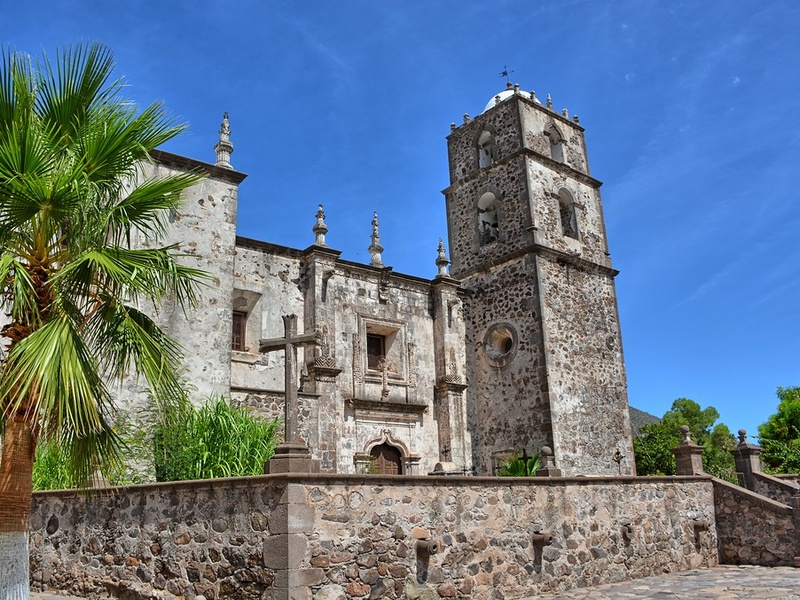
Jesuit Mission of San Javier
San Javier is a restored Jesuit mission in the Chiquitos region. It displays Baroque mission architecture and living indigenous crafts traditions.
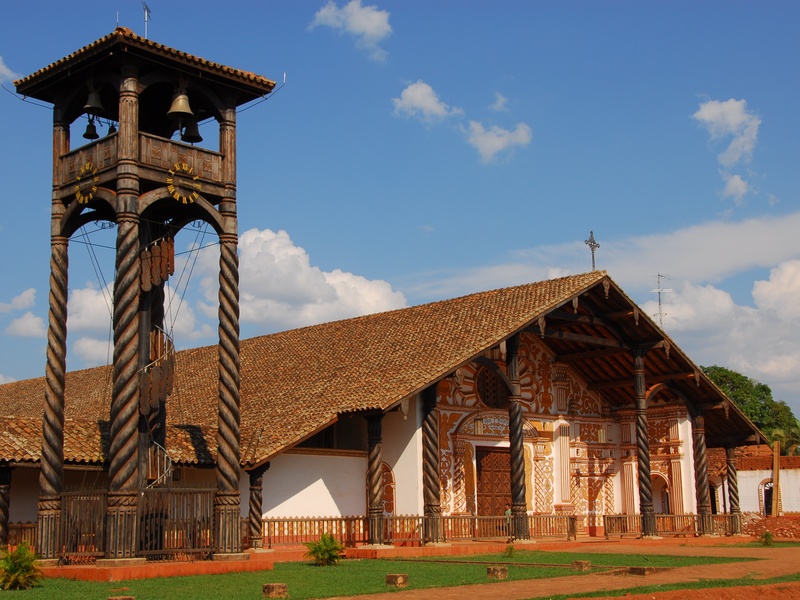
Jesuit Mission of Concepción
Concepción is a Jesuit-reduction town with a restored mission church and town layout. It represents the Jesuit cultural and religious legacy.
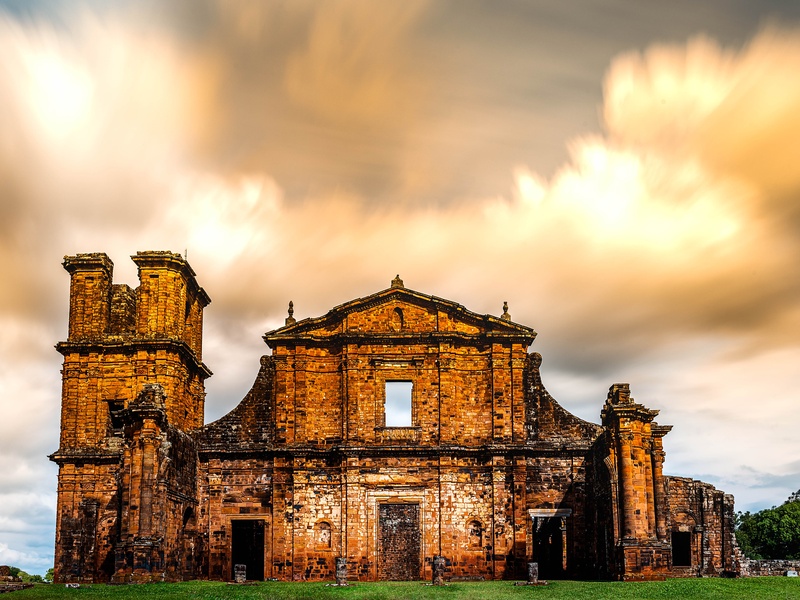
Jesuit Mission of Santa Ana
Santa Ana hosts an 18th-century mission church and village plan in the Chiquitos area. It preserves musical and artisan traditions from mission times.
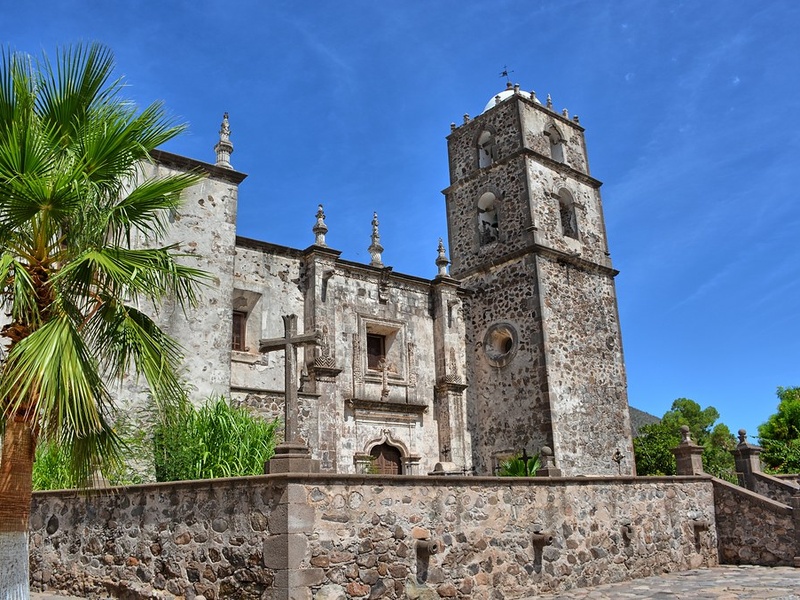
Jesuit Mission of San Miguel
San Miguel shows Jesuit mission architecture and carved woodwork. It remains an active parish with cultural festivals linked to mission history.
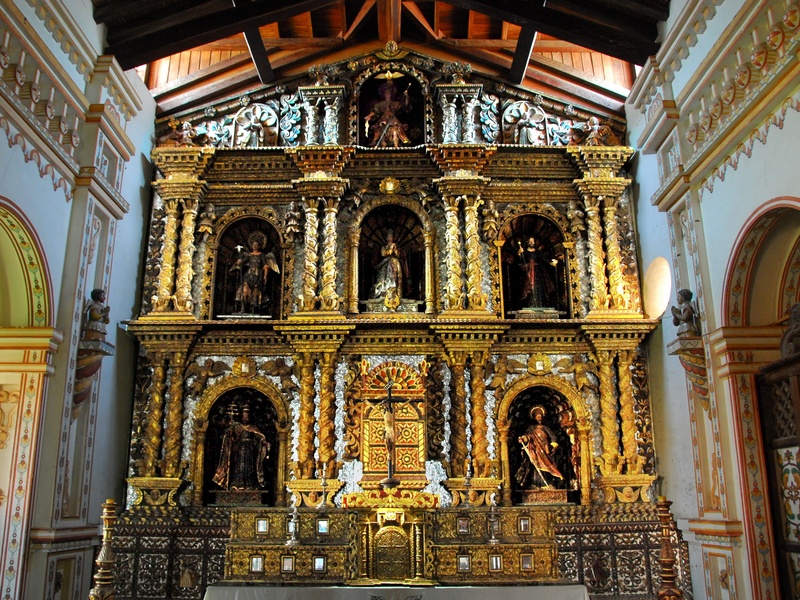
Jesuit Mission of San Rafael
San Rafael features a mission church and restored mission complex. It contributes to understanding Jesuit influence in eastern Bolivia.
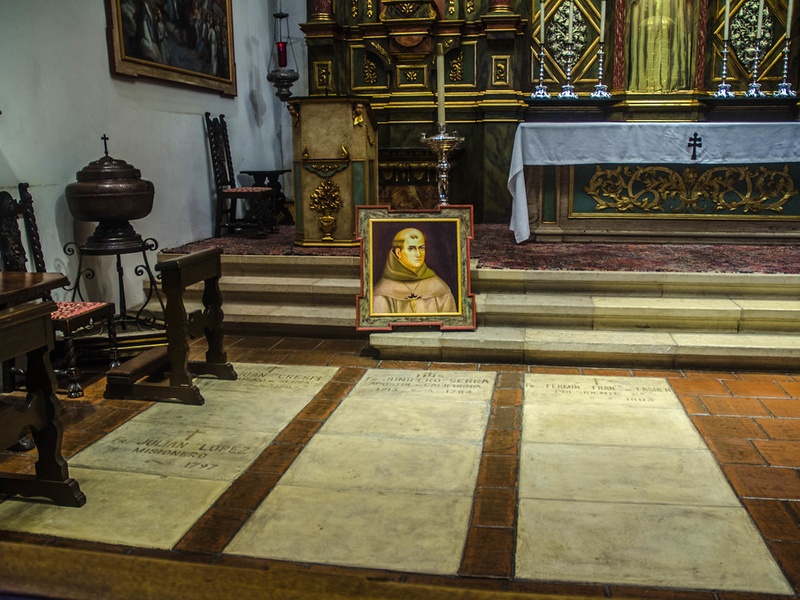
Jesuit Mission of San José
San José contains colonial-era mission architecture and indigenous craft practices. It forms part of the Chiquitos mission network.
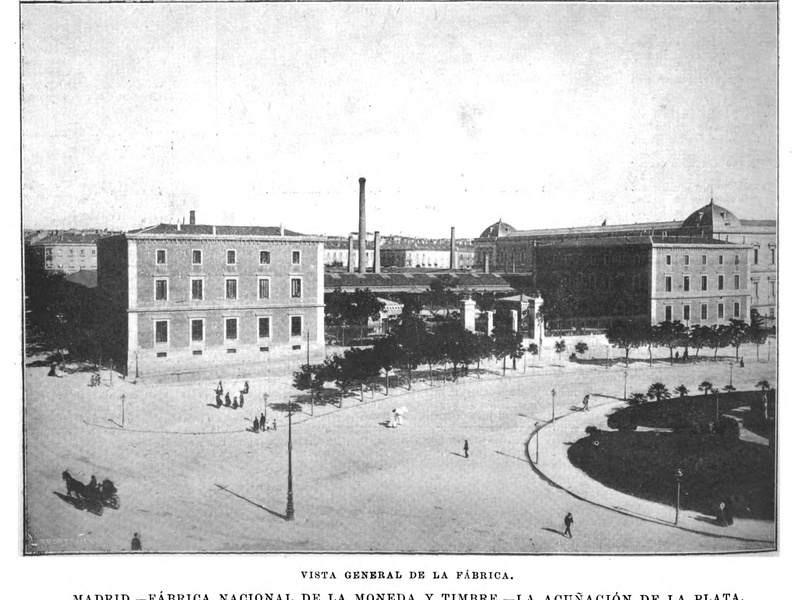
Casa de la Moneda
Casa de la Moneda in Potosí is the historic colonial mint museum. It explains silver coin production and colonial economic systems.
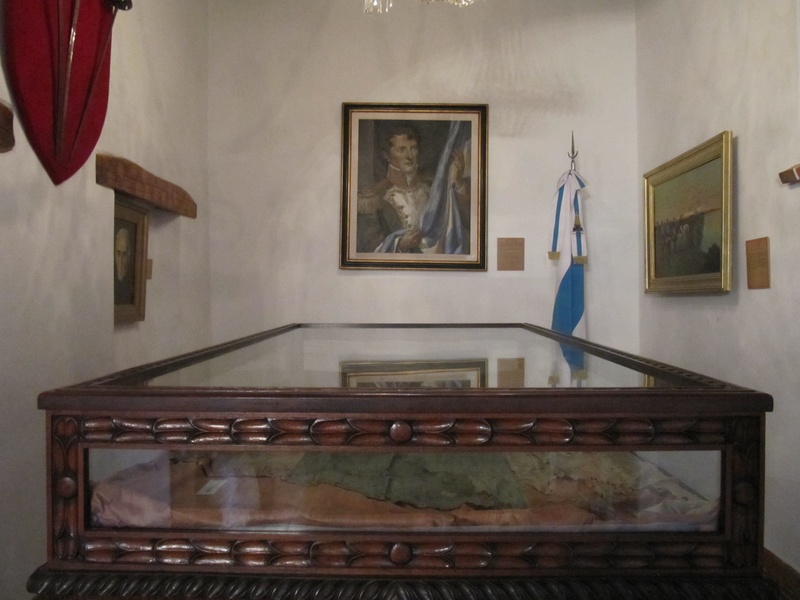
Casa de la Libertad
Casa de la Libertad in Sucre is the independence-era building where Bolivia declared its founding. It houses original documents and period rooms.
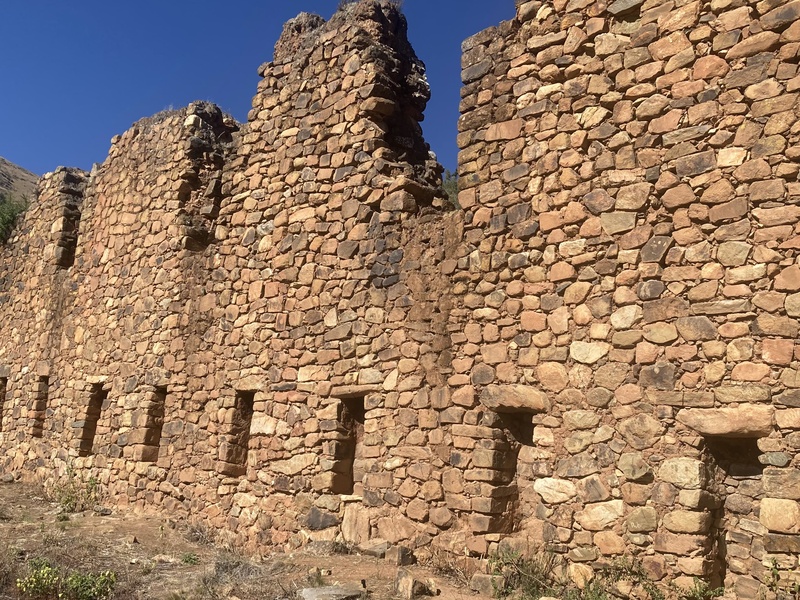
Incallajta
Incallajta is an Inca administrative and religious ruin in Cochabamba highlands. It shows Inca plaza planning, terraces, and stone constructions inland from the Altiplano.

Isla del Sol
Isla del Sol sits in Lake Titicaca with Inca and pre-Inca ruins and sacred sites. It offers ritual platforms, terraces, and strong Andean myth connections.
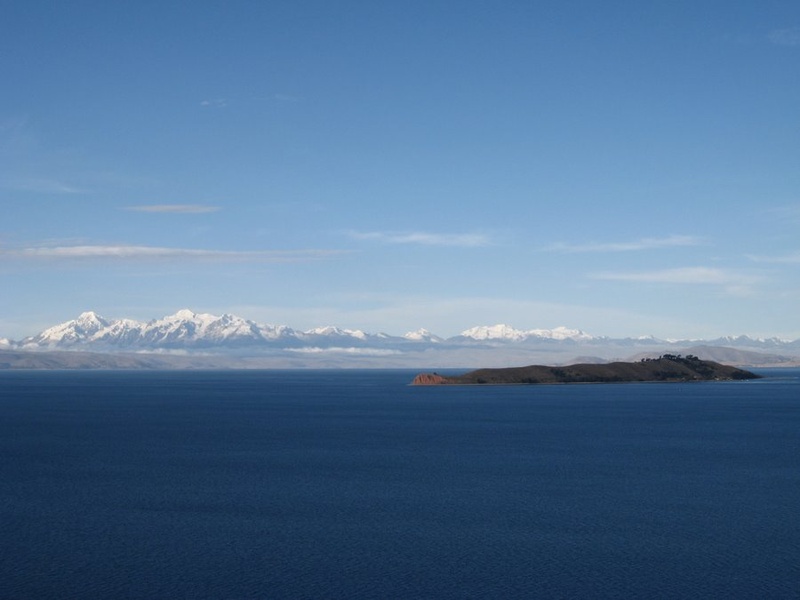
Isla de la Luna
Isla de la Luna contains Inca ruins linked to Titicaca myths. It features small temple remains and stone foundations on a rugged island shore.
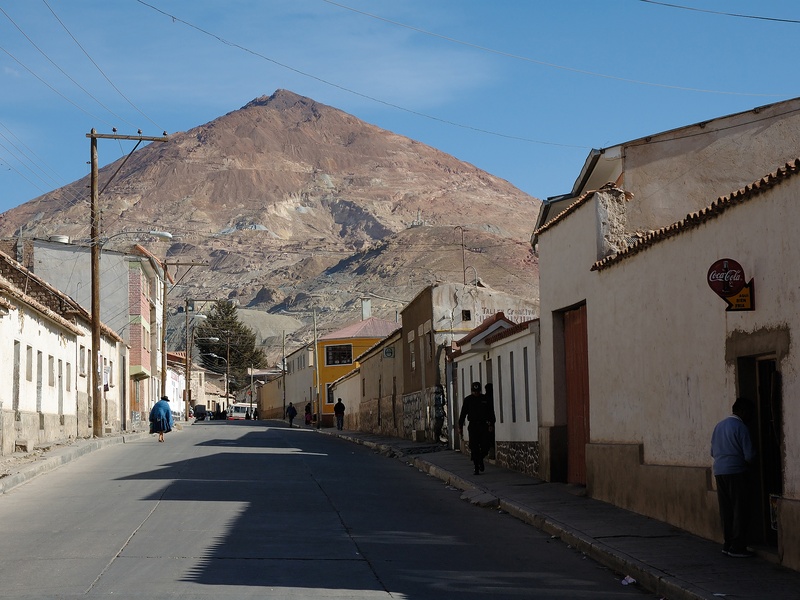
Cerro Rico
Cerro Rico is the famed silver mountain above Potosí that fueled colonial wealth. It remains a working mine and a symbol of mining history and hardship.
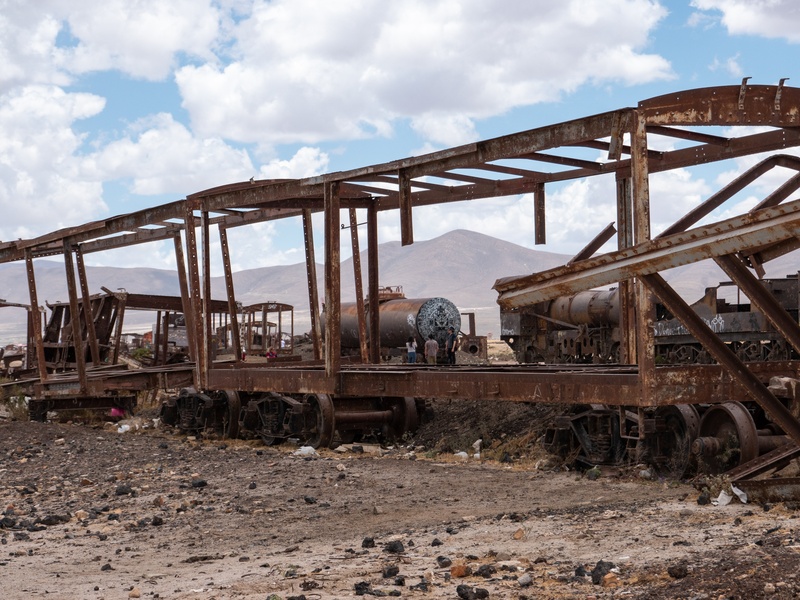
Train Cemetery
The Train Cemetery near Uyuni displays rusting locomotives from Bolivia’s railway boom. It demonstrates industrial history and early transport networks.

Che Guevara Route (La Higuera)
The Che Guevara route includes La Higuera where Ernesto Che was captured and killed in 1967. It contains memorials and a small museum at the site.
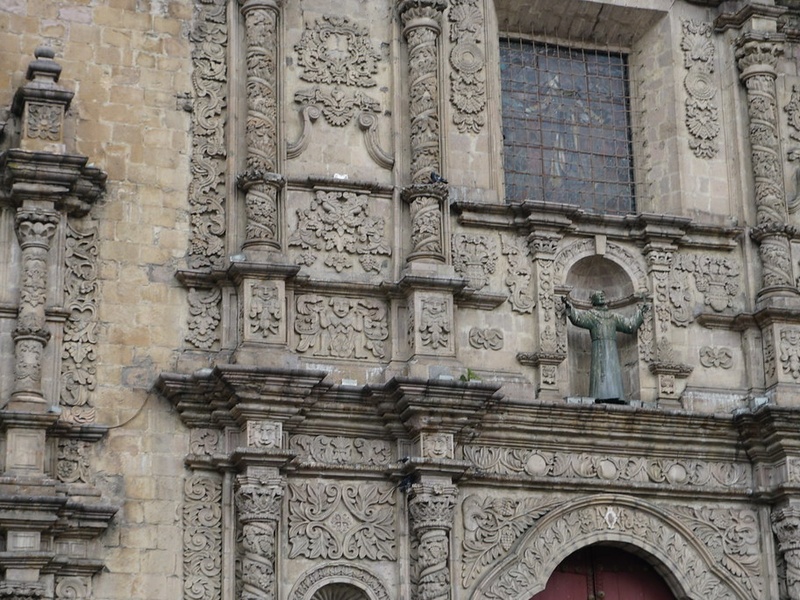
San Francisco Basilica, La Paz
San Francisco Basilica is a central colonial church in La Paz with ornate baroque facade and carved interior. It anchors historic civic and religious life.

La Recoleta Monastery
La Recoleta in Sucre is a colonial monastery complex with cloisters and city views. It preserves monastic architecture and religious art.
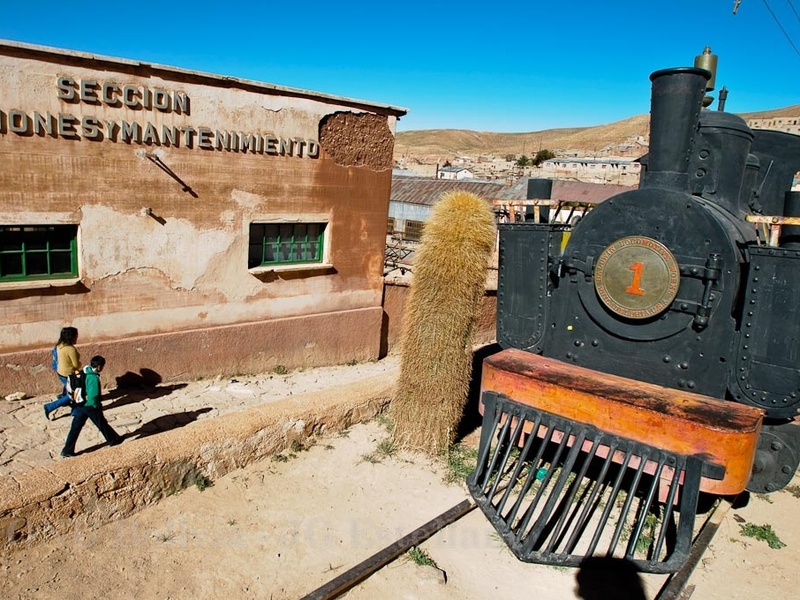
Pulacayo
Pulacayo is a historic mining and railway town near Uyuni. It shows industrial mining facilities, workshops, and 19th-century railway heritage.
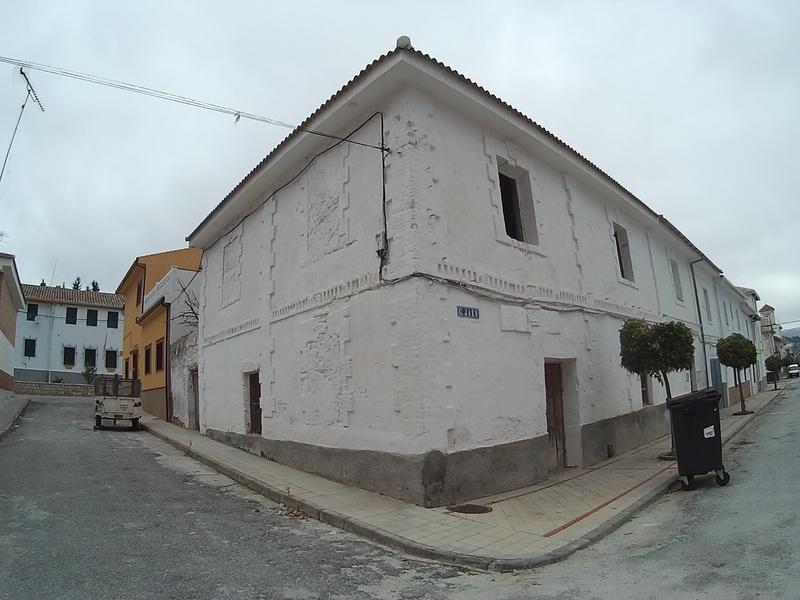
Calle Jaén
Calle Jaén is a restored colonial street in La Paz lined with museums and whitewashed houses. It illustrates urban colonial life and small civic museums.
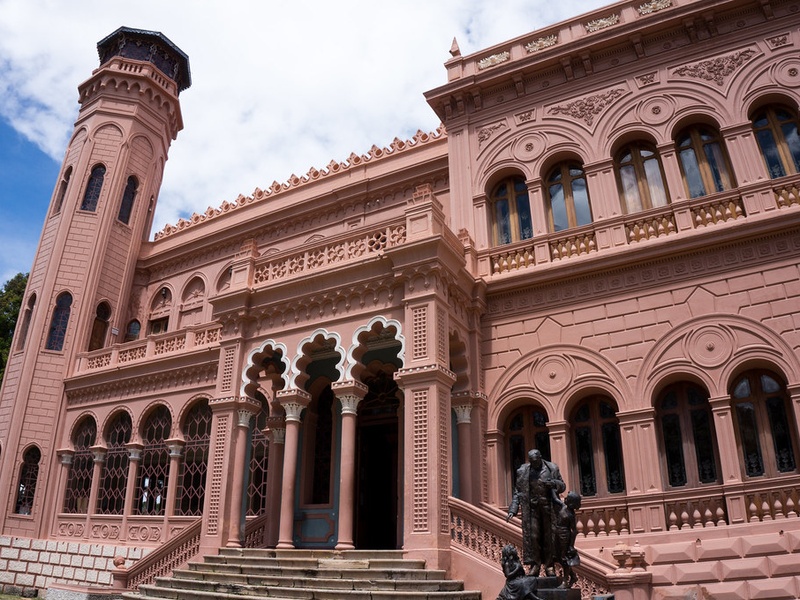
Glorieta Castle
Glorieta Castle in Cochabamba is a 19th-century mansion with eclectic architecture and landscaped grounds. It reflects aristocratic life in the republican era.
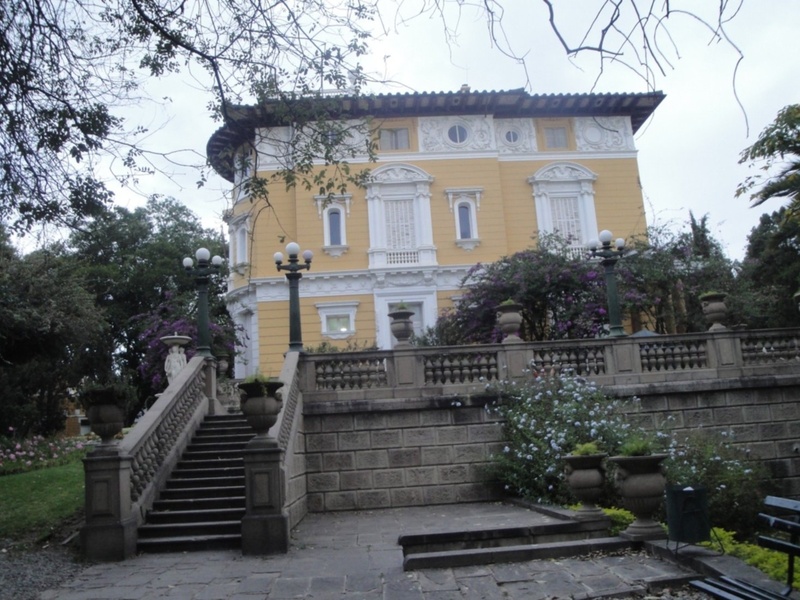
Palacio Portales
Palacio Portales in Tarija is a grand early 20th-century mansion built by a mining magnate. It shows wealth from mining and neoclassical design.
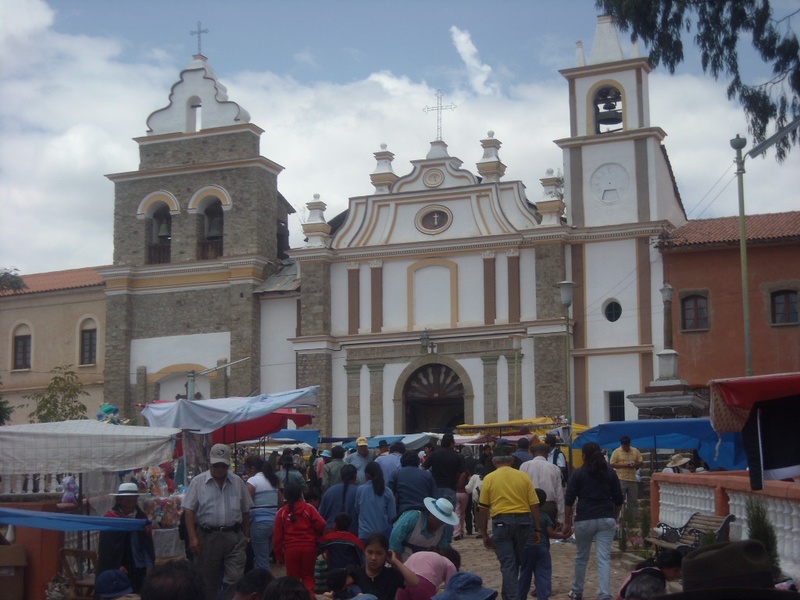
Tarata
Tarata is a colonial town in Cochabamba with a preserved central plaza and historic churches. It keeps traditional crafts and local cultural heritage.

Qhapaq Ñan (Desaguadero section)
The Desaguadero section of Qhapaq Ñan preserves parts of the Inca road network. It shows engineered trails, stone markers, and connectivity across the Andes.

Sajama Lines
The Sajama Lines are straight geoglyph paths near Sajama National Park. They form ritual and landscape patterns linked to Aymara sacred geography.

Chullpas Policromas de Carangas
The Chullpas Policromas are pre-Inca painted funerary towers near Oruro. They display ancient burial architecture and colorful wall designs.
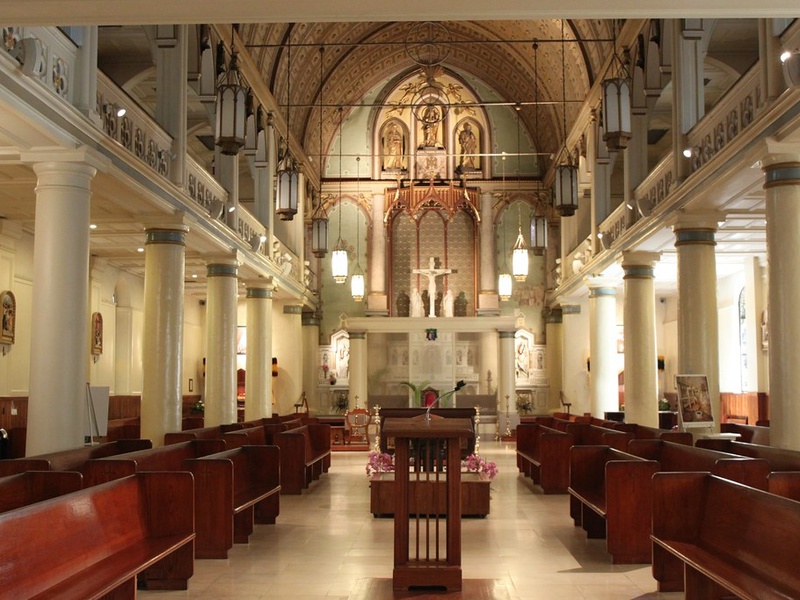
Cathedral Basilica of Our Lady of Peace
This cathedral in La Paz serves as a major colonial-era church with religious art and civic importance. It anchors historic center worship and events.
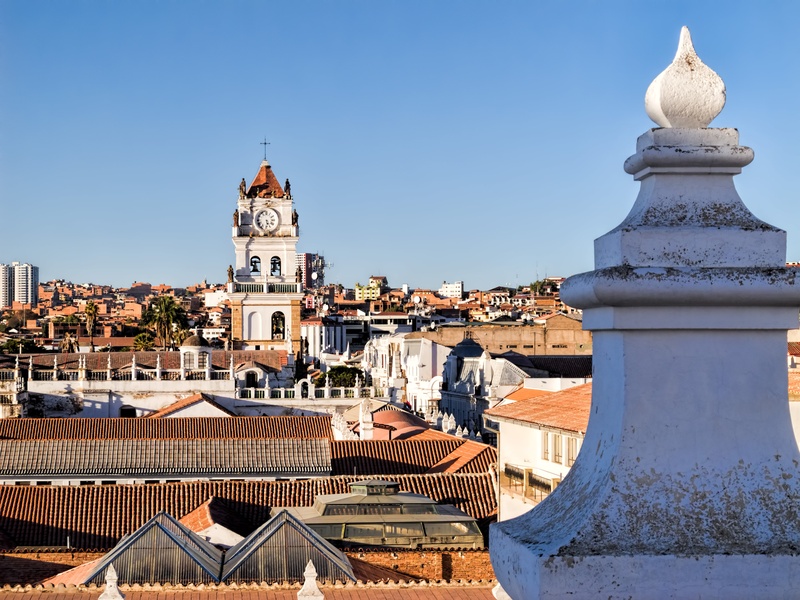
Metropolitan Cathedral of Sucre
Sucre’s cathedral is a large colonial religious complex with ornate altars and artwork. It symbolizes religious power during colonial and republican times.
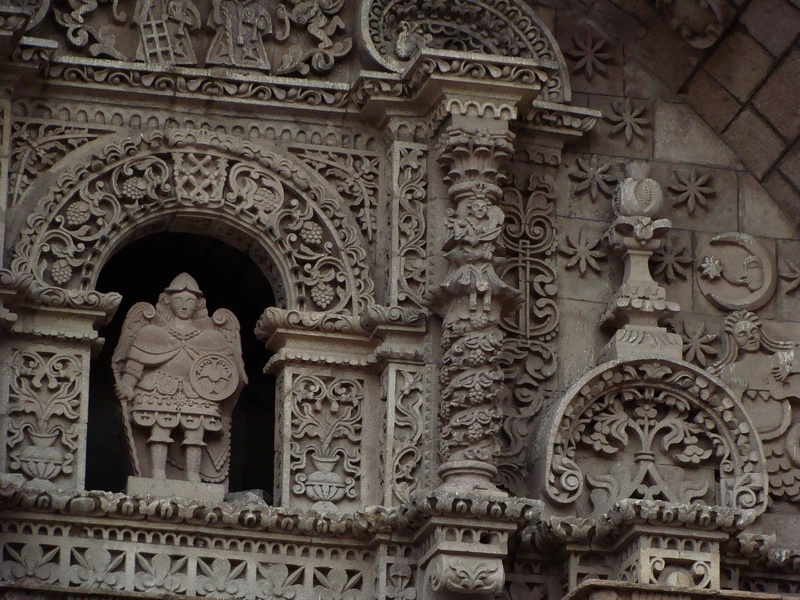
Church of San Lorenzo de Carangas
San Lorenzo de Carangas church is a rural colonial church with baroque elements and local patron devotion. It preserves regional liturgical traditions.
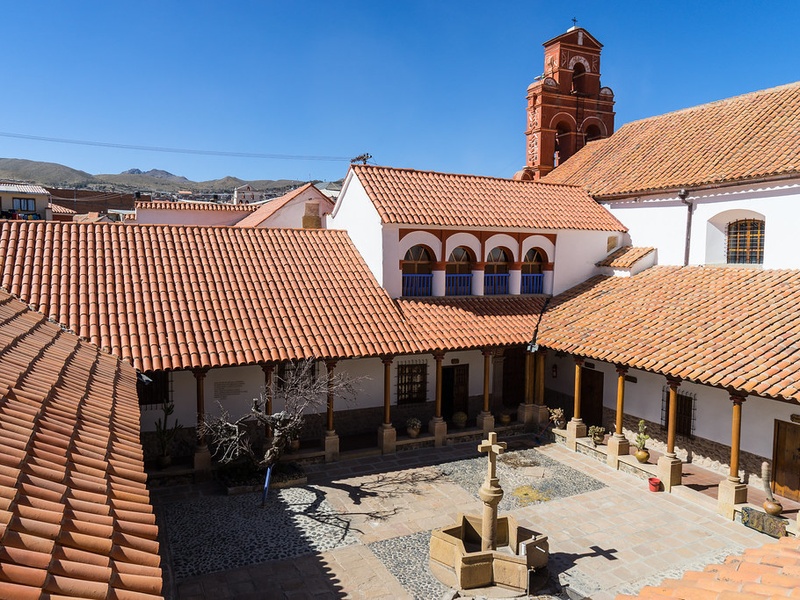
Convent of Santa Teresa
The Convent of Santa Teresa in Sucre is a colonial convent with conventual rooms, altars, and a museum. It reflects female religious life in colonial times.

Rock Art of Incamachay & Pumamachay
Incamachay and Pumamachay rock art sites hold prehistoric paintings and engravings. They record ancient symbols and human presence before the Inca.
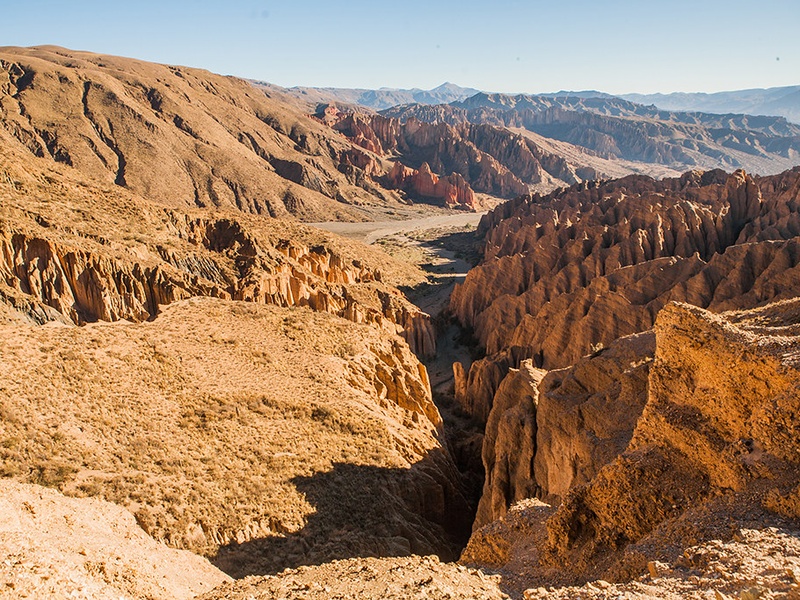
Tupiza Region
Tupiza region features canyon landscapes and colonial-era trails used in historic transport and rebellion routes. It links natural drama with historical pathways.
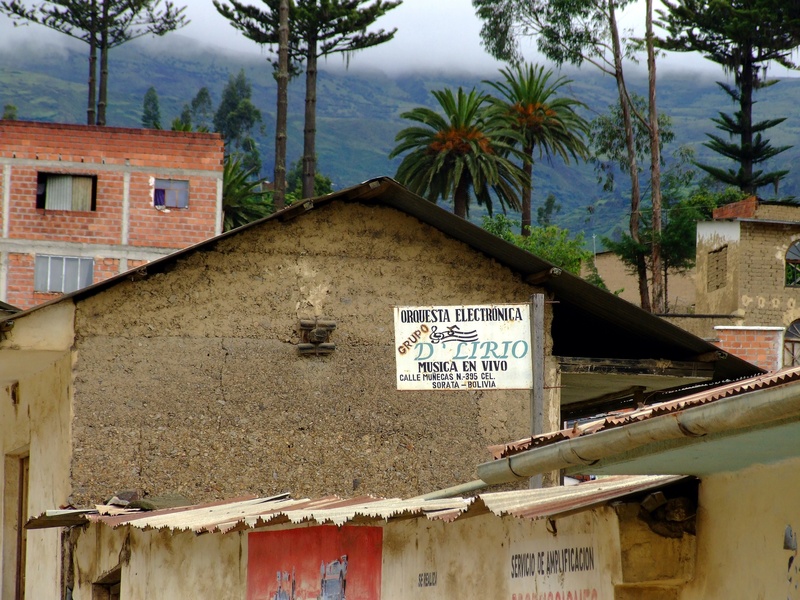
Sorata
Sorata is a mountain town with colonial architecture and access to Andean trails. It served as a regional administrative and commercial center in past centuries.

Coroico
Coroico sits in the Yungas with colonial-era plantations and Afro-Bolivian and indigenous cultural traditions. It shows historic lowland-highland connections.
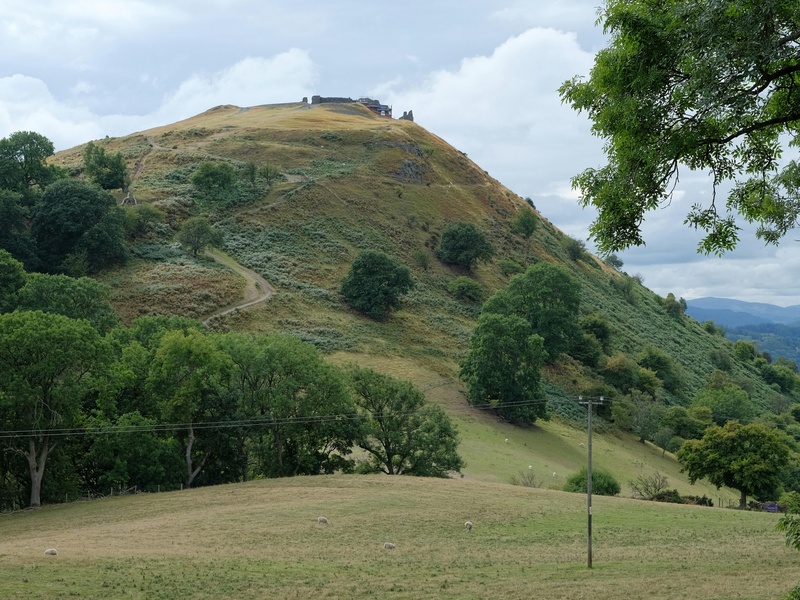
La Coronilla Hill
La Coronilla Hill in Cochabamba hosts early colonial defensive structures and city views. It records urban development during colonial expansion.
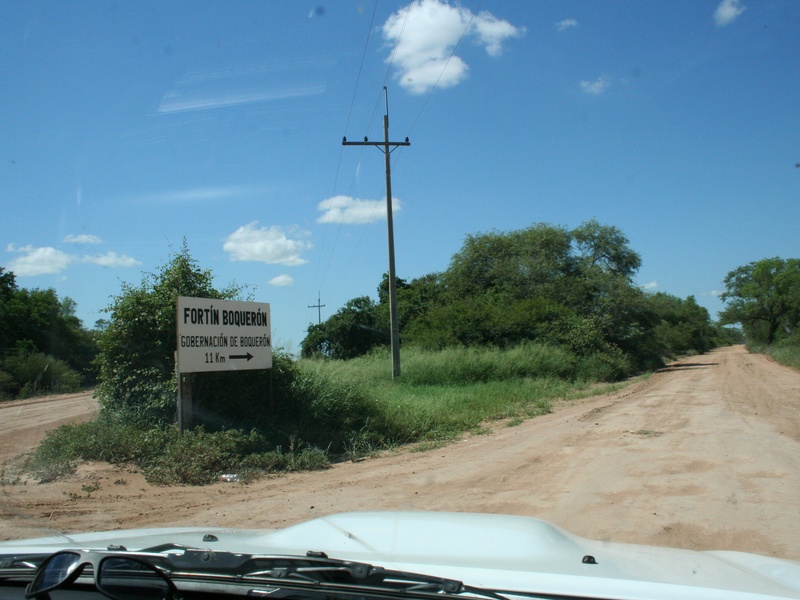
Fortín Boquerón
Fortín Boquerón is a historic military post linked to regional conflicts and frontier defense. It shows military architecture and border history.
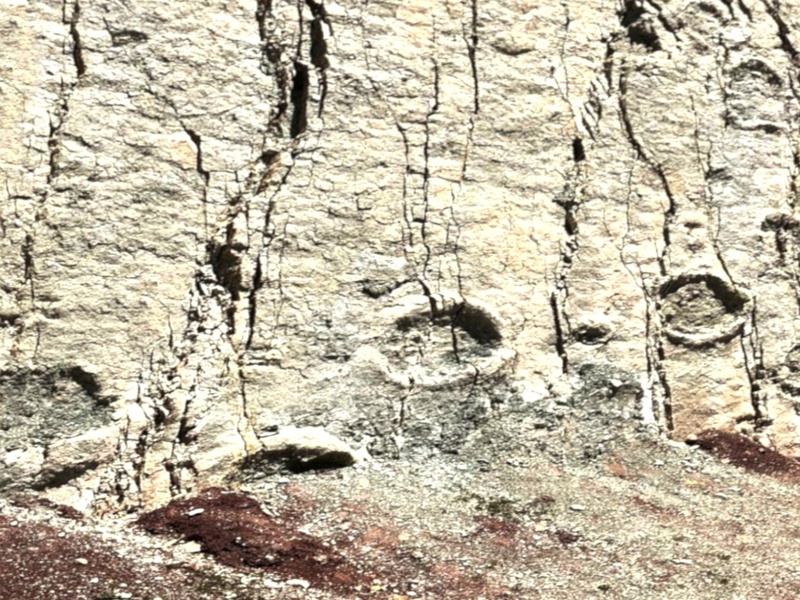
Cal Orck’o Dinosaur Footprints
Cal Orck’o near Sucre contains thousands of dinosaur track fossils on a vertical quarry wall. It provides deep-time natural history within Bolivian heritage.

Pucara de Yako
Pucara de Yako is a pre-Inca fortification site with defensive walls and terraces. It illustrates pre-Columbian settlement and regional defense strategies.
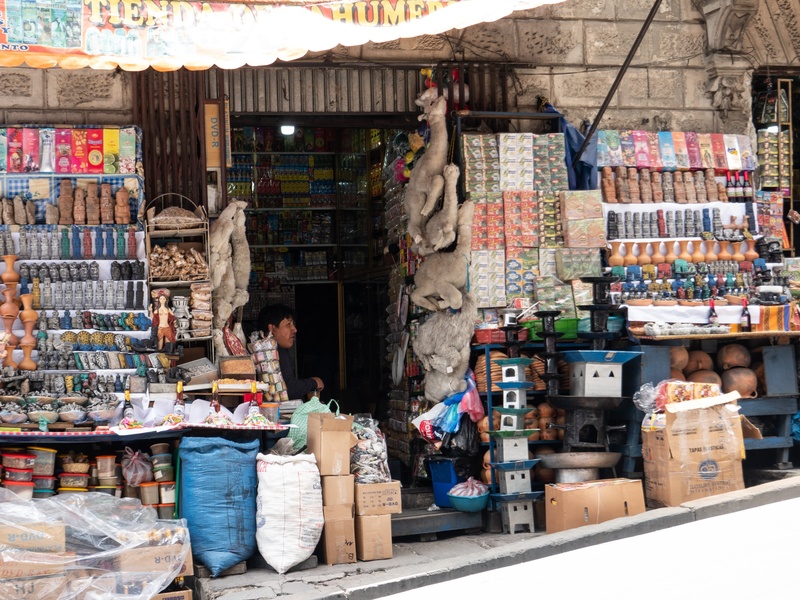
Witches’ Market (Mercado de las Brujas)
The Witches’ Market in La Paz sells traditional remedies and ritual items tied to indigenous beliefs. It reflects living cultural practices and ethnobotany.

Huatajata Reed Boat Builders
Huatajata on Lake Titicaca preserves reed-boat building traditions and Aymara craft skills. It connects to Titicaca maritime heritage and ancient craft continuity.

Chipaya Churches
Chipaya churches in the highlands show hybrid colonial and indigenous architecture and community religious practice. They mark cultural persistence of the Chipaya people.
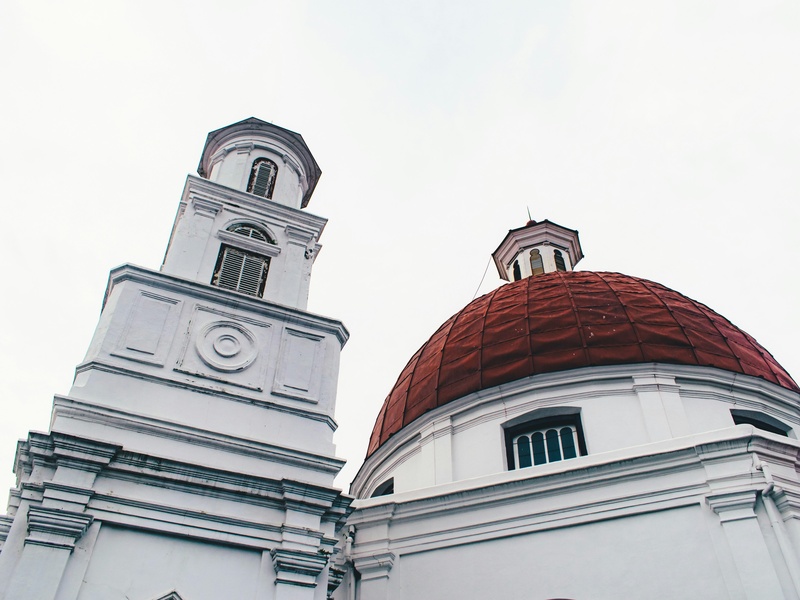
Curahuara de Carangas Church
Curahuara de Carangas church is a well-preserved colonial church with frescoes and a baroque altarpiece. It is an important rural religious landmark.
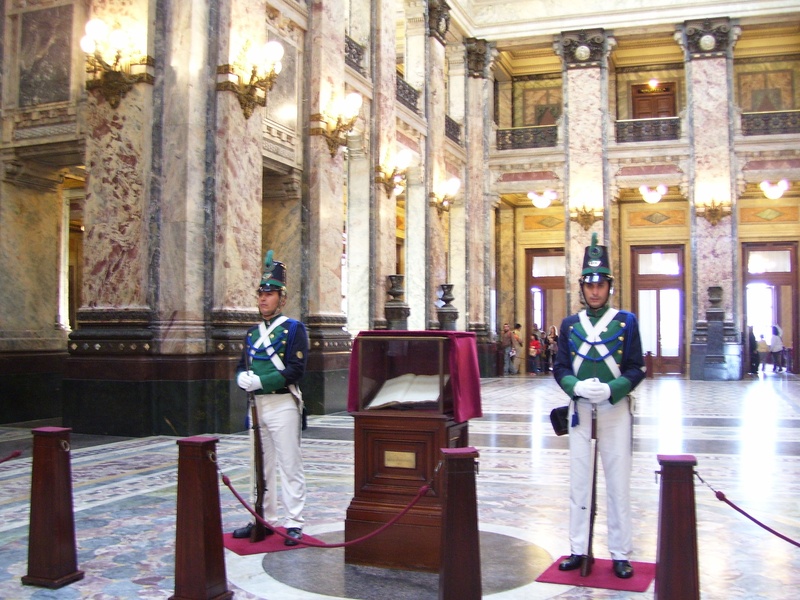
Palacio de la Florida
Palacio de la Florida in Sucre is a colonial-era mansion turned museum and cultural space. It reflects elite urban life and public history displays.
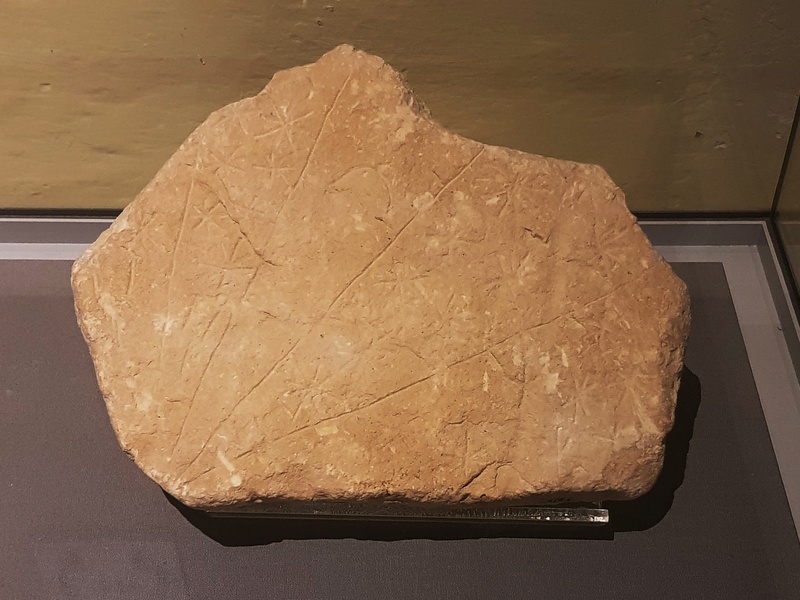
National Museum of Archaeology
The National Museum of Archaeology in La Paz houses pre-Columbian artifacts from across Bolivia. It provides context for ancient cultures and material history.
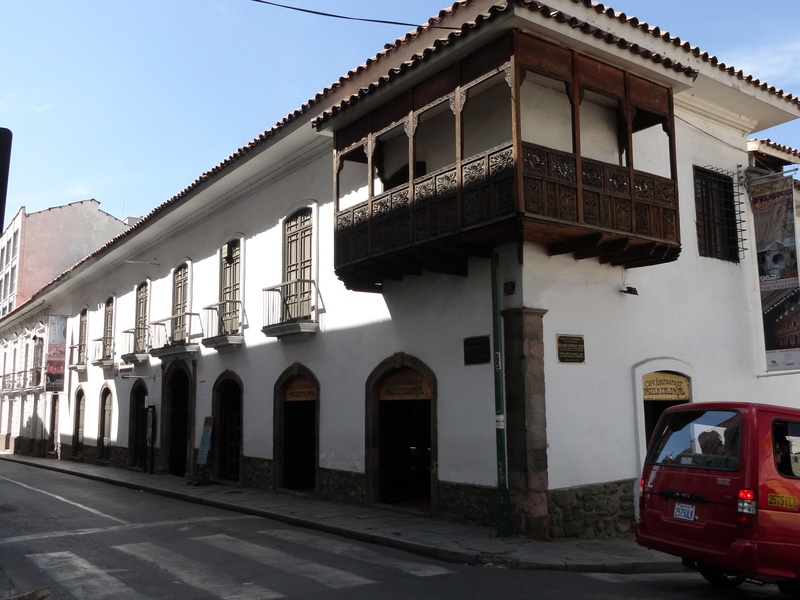
National Ethnography and Folklore Museum (MUSEF)
MUSEF in La Paz displays indigenous cultures, textiles, and ritual objects. It focuses on living traditions and cultural diversity.
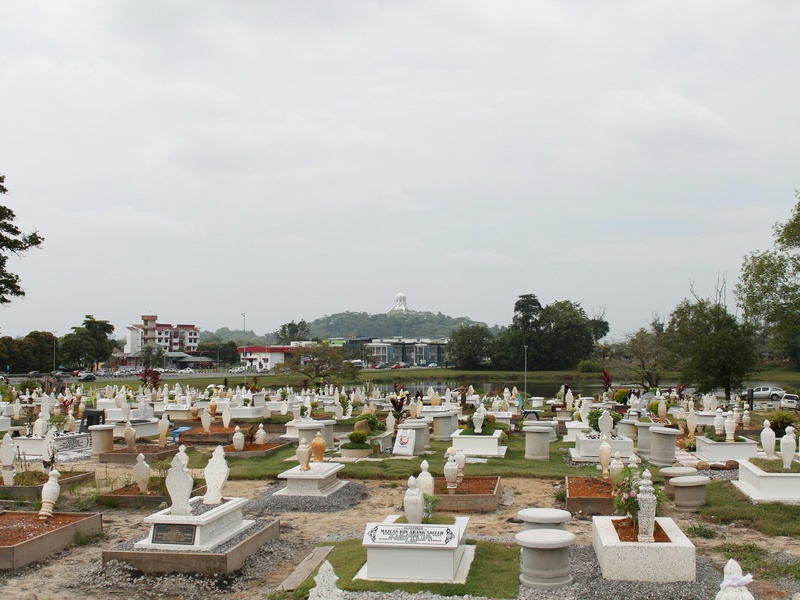
Sucre’s General Cemetery
Sucre’s General Cemetery contains monumental tombs and mausoleums of notable Bolivian figures. It charts republican history through funerary architecture.
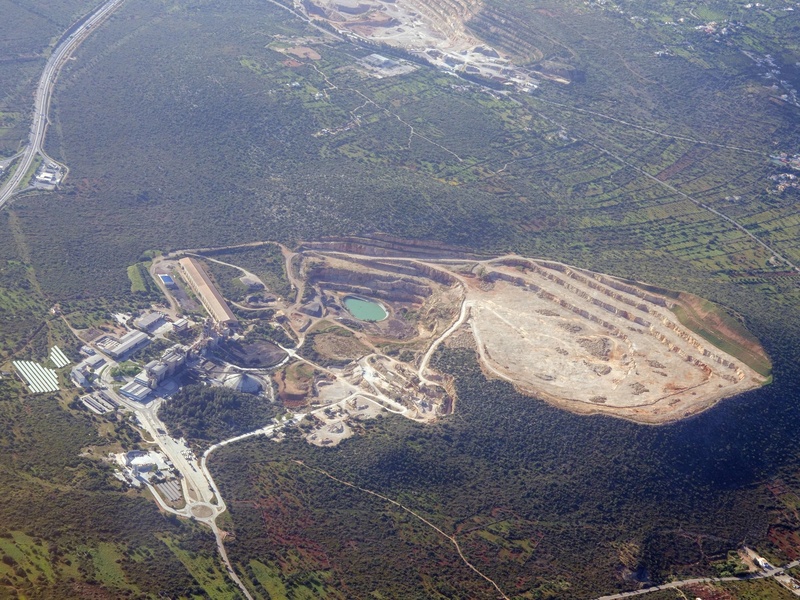
Catavi Mining Complex
Catavi is a historic mining and labor site linked to 20th-century worker struggles. It shows industrial heritage and mining community history.

Vallegrande
Vallegrande is a valley town linked to the 20th-century revolutionary period and Che Guevara history. It holds memorials and historical houses.
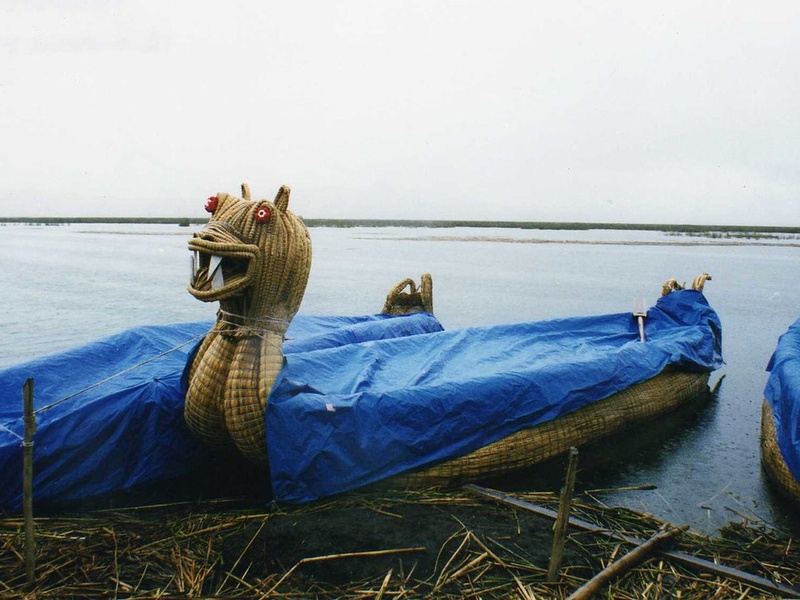
Totora
Totora is a lakeside town on the southern Salar with colonial and indigenous ties. It serves as a base for visiting salt flats and local cultural sites.
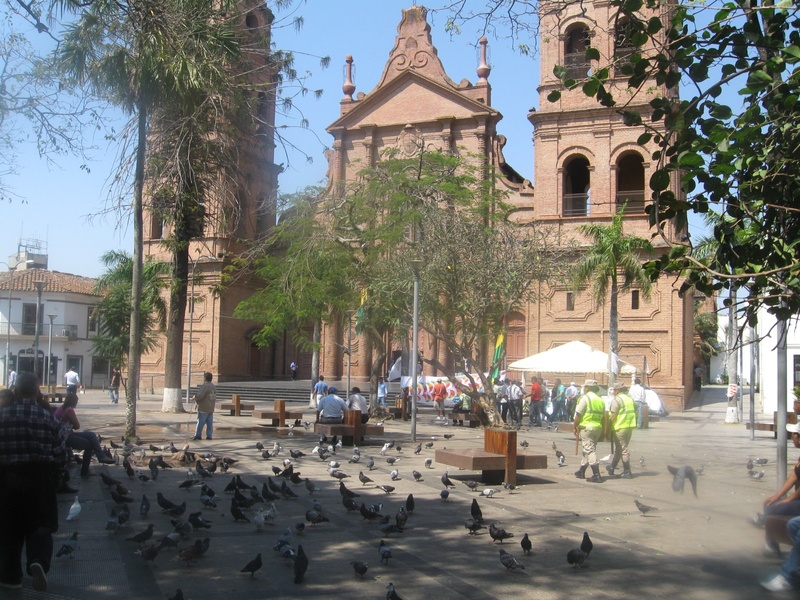
Santa Cruz Cathedral Basilica
The cathedral in Santa Cruz de la Sierra is a main colonial and republican-era church. It anchors the city’s historic plaza and civic identity.
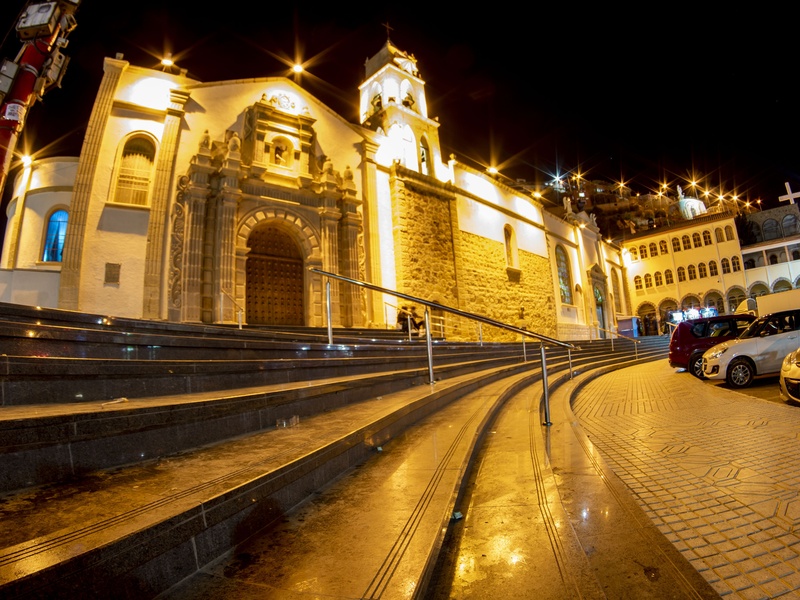
Oruro’s Socavón Sanctuary
The Socavón Sanctuary in Oruro hosts the famous carnival and miners’ devotion. It mixes mining heritage with strong religious and cultural rituals.
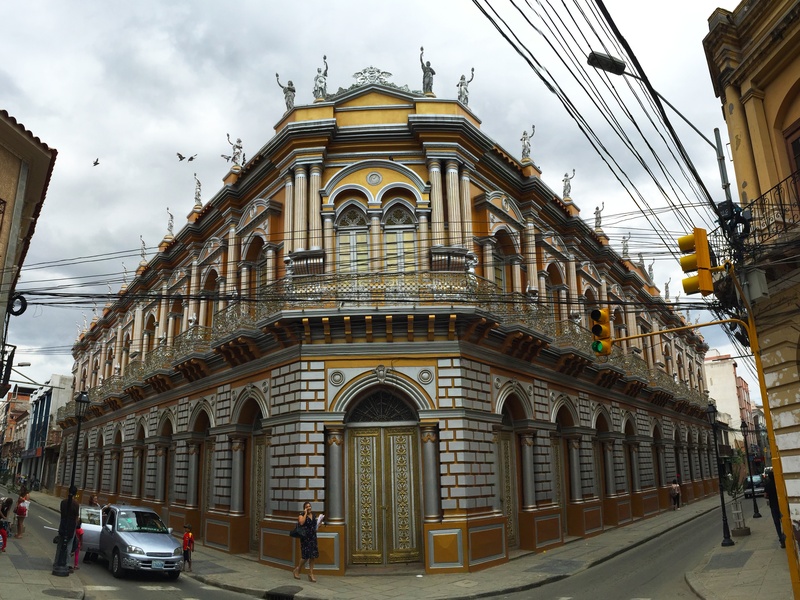
Tarija’s Casa Dorada
Casa Dorada in Tarija is a colonial building with a golden facade used for cultural displays. It reflects regional colonial architecture and civic history.

Chacaltaya Laboratory
Chacaltaya Laboratory is a high-altitude research station linked to glaciology and mountaineering history. It documents environmental change in the Andes.
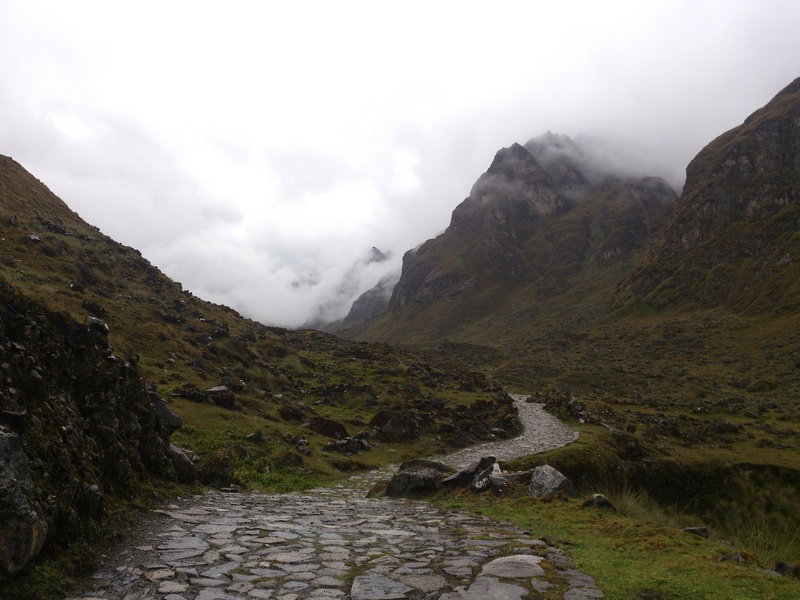
Choro Trail
The Choro Trail is an ancient mountain trail connecting La Paz to Yungas valleys. It preserves Inca and pre-Inca route engineering and trekking heritage.
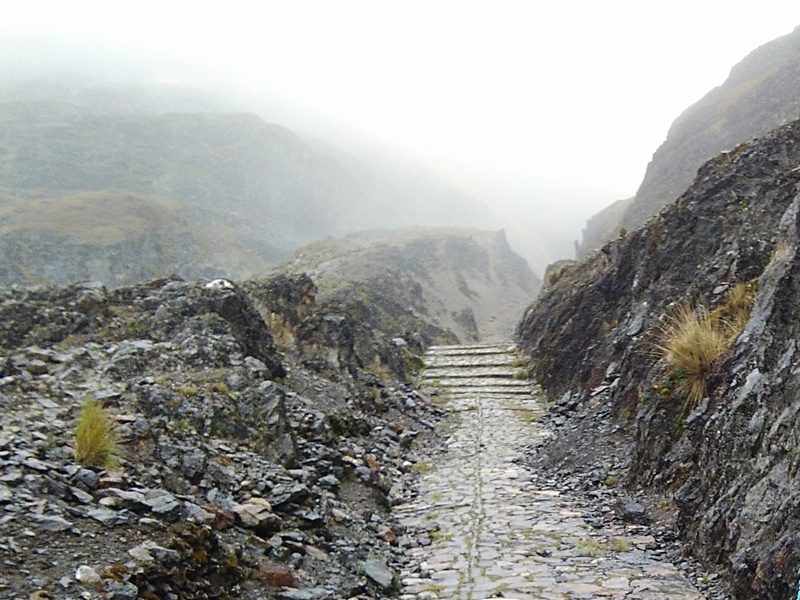
Takesi Trail
The Takesi Trail is a restored Inca road section with stone steps and terraces in Cochabamba. It shows ancient transport networks and rural heritage.
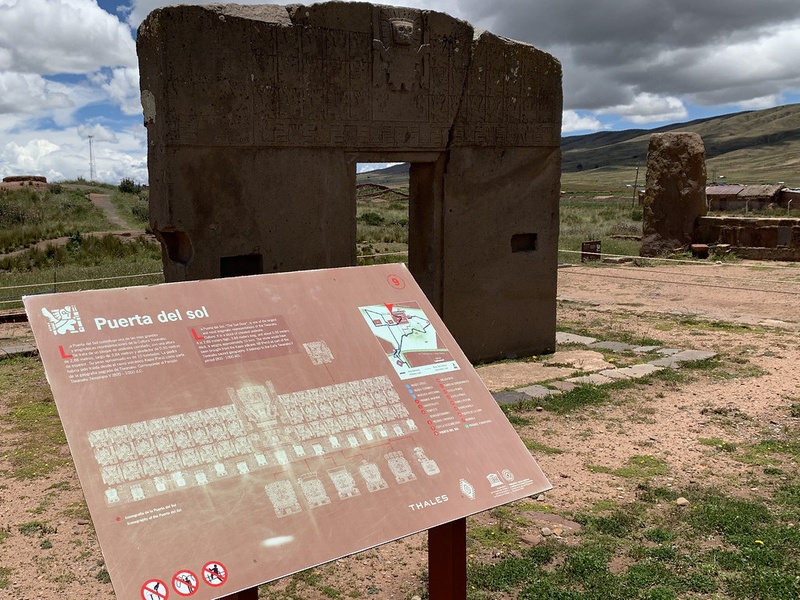
Kalasasaya Temple
Kalasasaya in Tiwanaku is a large ceremonial enclosure with monoliths and sunken courts. It represents central ritual architecture of the Tiwanaku culture.
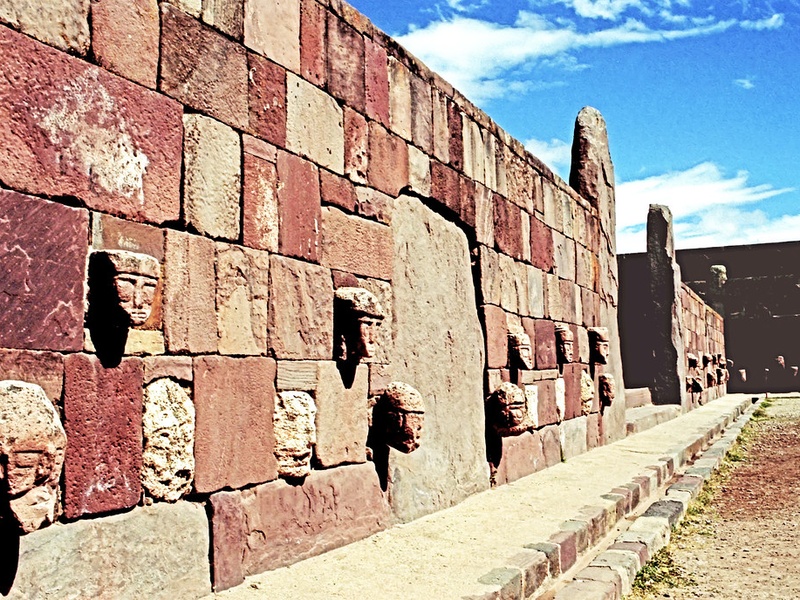
Semi-Subterranean Temple
The Semi-Subterranean Temple in Tiwanaku contains carved stone stelae and ritual spaces below plaza level. It is central to Tiwanaku religious practice.
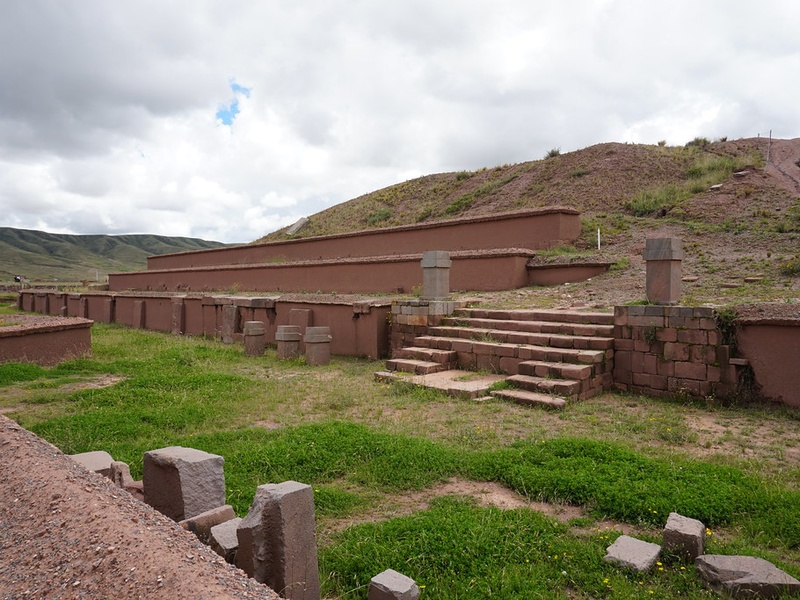
Akapana Pyramid
The Akapana is a terraced pyramid in Tiwanaku with massive stone blocks and raised platforms. It functions as a focal ceremonial mound of the site.
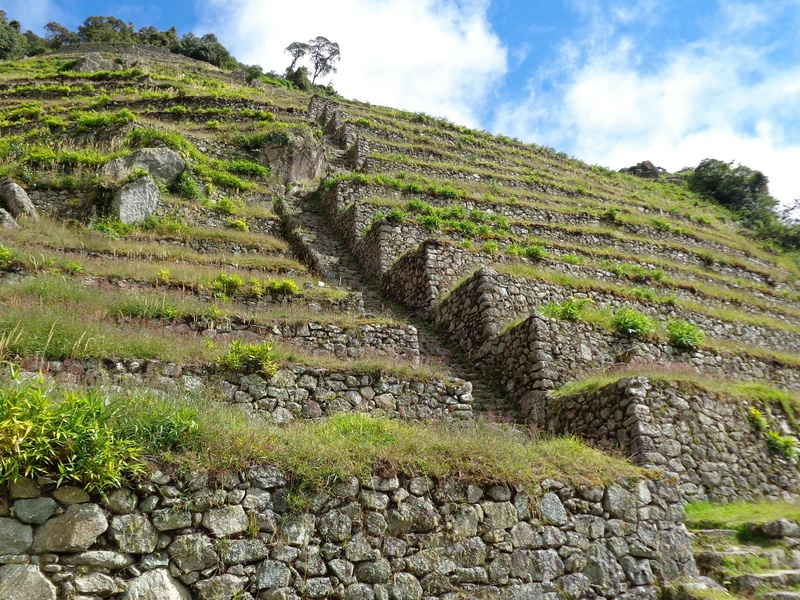
Pilgrimage Stairs of the Inca
Pilgrimage stairs are Inca-era stairways at sacred sites linking highlands and ceremonial places. They show ritual movement and infrastructure.
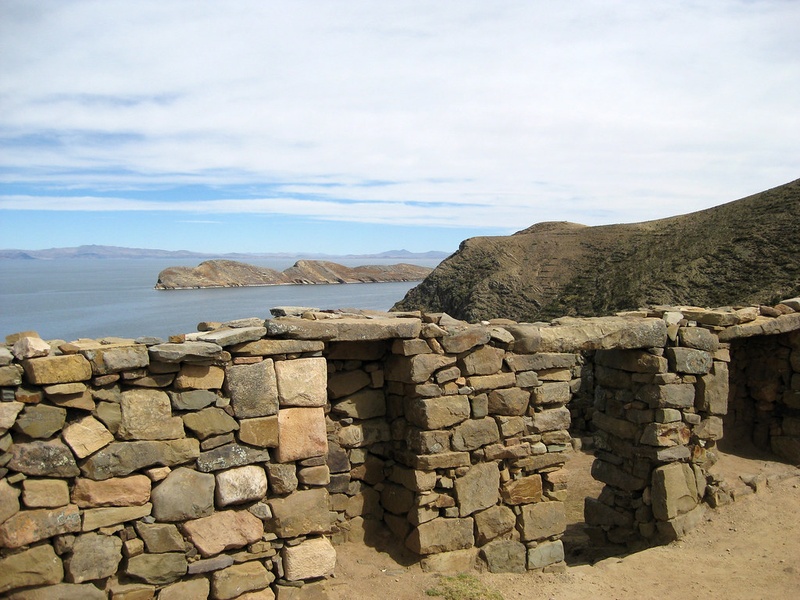
Chincana Ruins
Chincana contains a network of carved stone chambers and channels, often associated with ritual or storage. It adds depth to pre-Columbian architectural variety.

Ingavi Battlefield
Ingavi Battlefield marks an 1841 battle between Bolivia and Peru. It holds monuments and recalls republican military history.

Loma Suárez
Loma Suárez is a local hill site with colonial-era remains and lookout points. It contributes to regional historical landscapes.

Hydraulic Cultures of the Llanos de Moxos
The Llanos de Moxos hydraulic earthworks are ancient raised fields, canals, and mounds showing large-scale pre-Columbian landscape engineering.
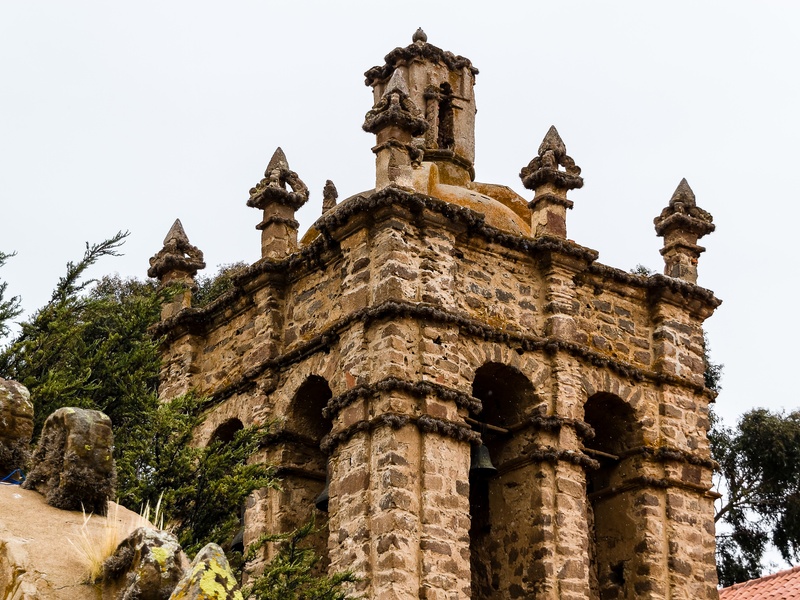
Church of Sica Sica
Sica Sica church is a colonial church with baroque features and regional religious importance in the highlands. It preserves local devotional traditions.
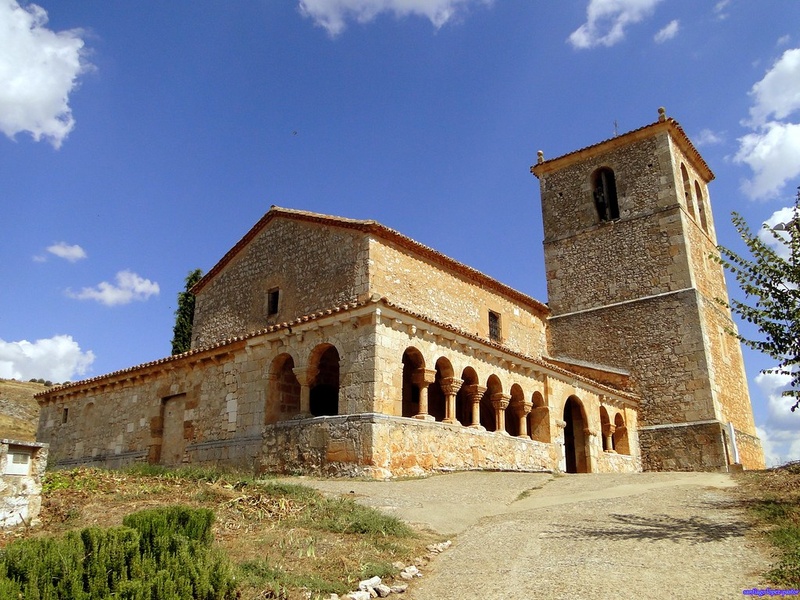
Church of Laja
Laja church is a colonial religious site near Lake Titicaca with painted interiors and historical religious art. It illustrates colonial evangelization in rural areas.
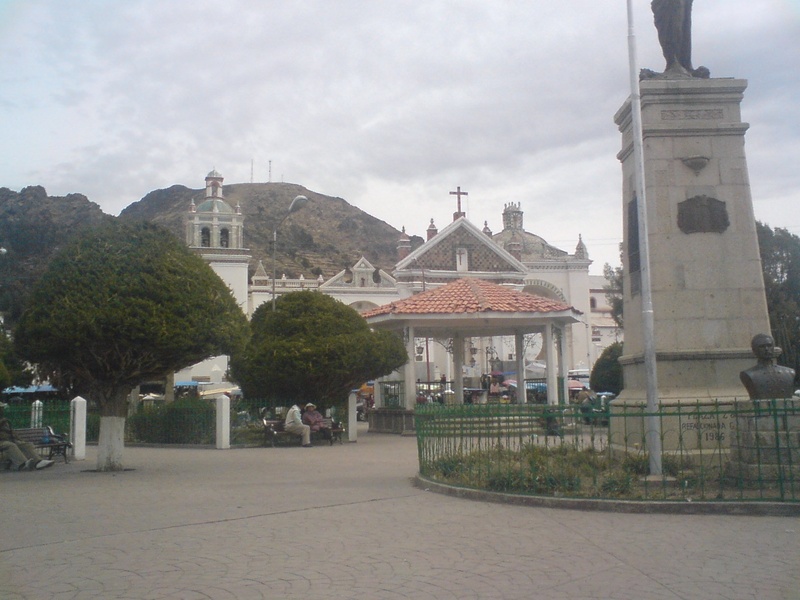
Copacabana Basilica
Copacabana Basilica is a major pilgrimage church on Lake Titicaca dedicated to the Virgin of Copacabana. It blends Catholic and Andean religious practice.

Quillacas Sanctuary
Quillacas Sanctuary is an archaeological and ritual area with pre-Columbian ceremonial remains. It stands out for ritual landscape use in the high plateau.
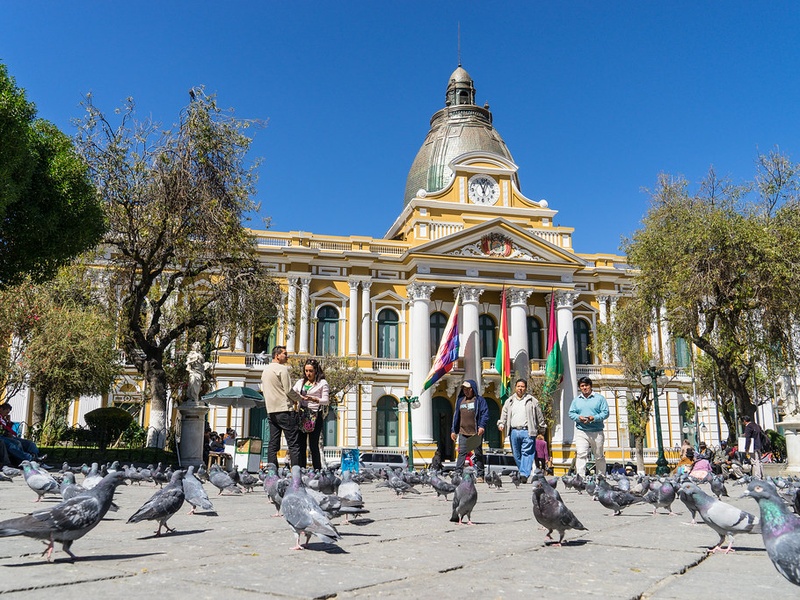
Presidential Palace (Palacio Quemado)
Palacio Quemado in La Paz is the historic presidential palace on Plaza Murillo. It houses government history and is a focal civic landmark.
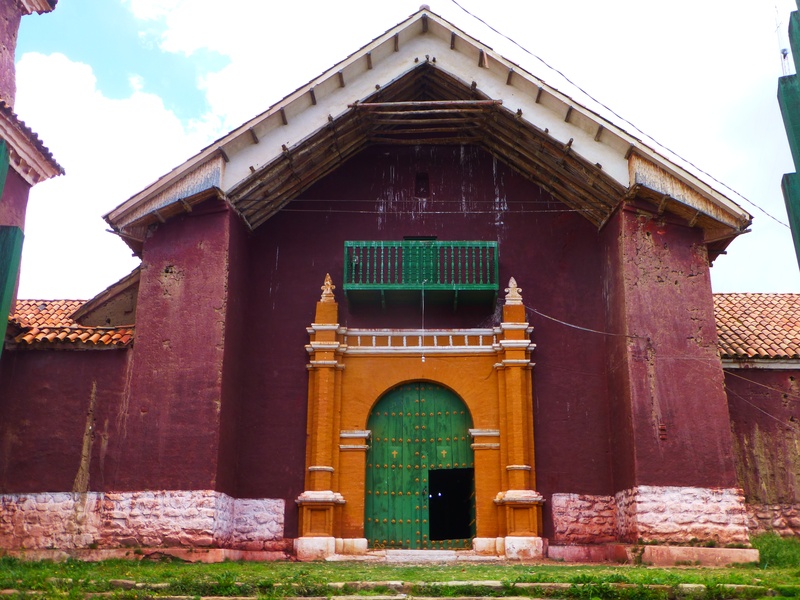
Church of Carabuco
Carabuco church is a colonial-era church in the Altiplano with local artistic elements. It represents village-scale religious architecture and community identity.
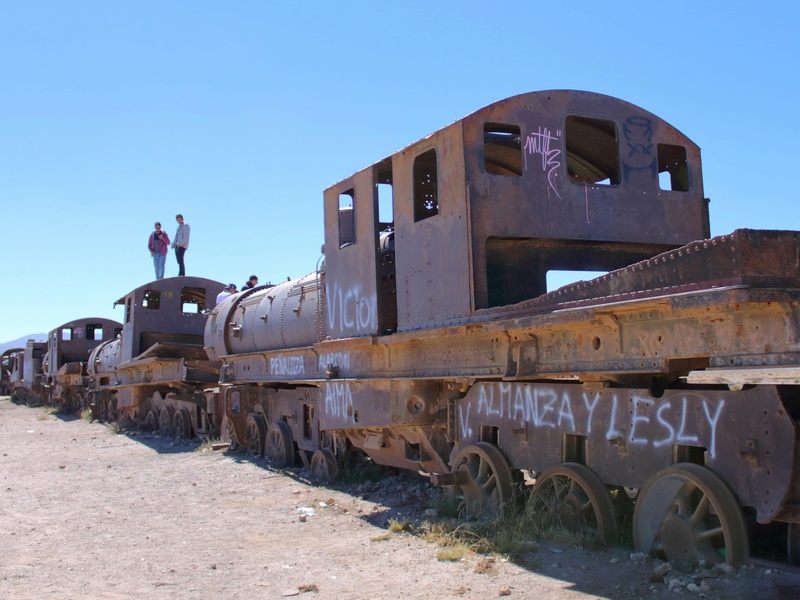
Uyuni’s Pulacayo-bound Railway
The Uyuni-Pulacayo railway corridor preserves early 20th-century rail infrastructure that supported mining and regional transport history.
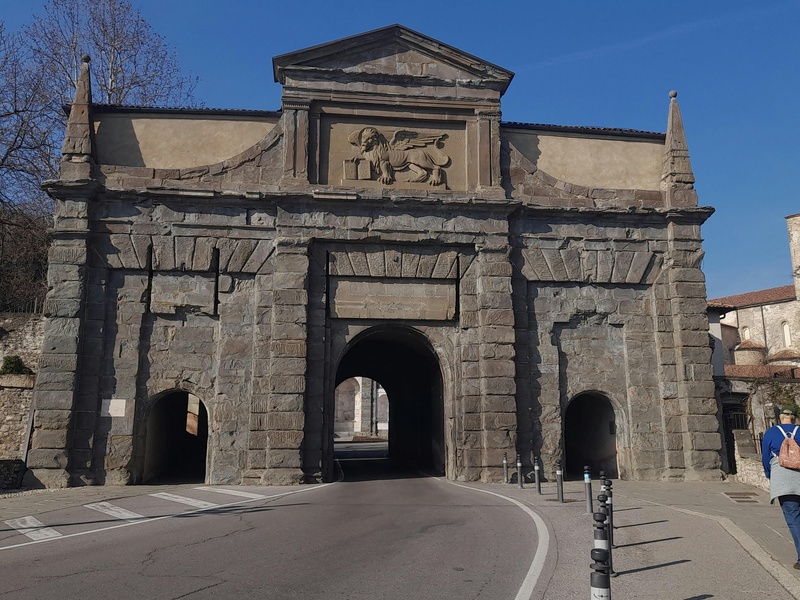
The Devil’s Gate (Puerta del Diablo)
Puerta del Diablo is a natural rock formation near La Paz with cultural legends and scenic views. It links natural features with local folklore.

Chua Vicacha
Chua Vicacha is an archaeological site with pre-Columbian remains and landscape features in the highlands. It contributes to regional prehistoric records.

Museum of the Litoral
The Museum of the Litoral in La Paz documents Bolivia’s coastal history and the War of the Pacific. It preserves military archives and national memory.
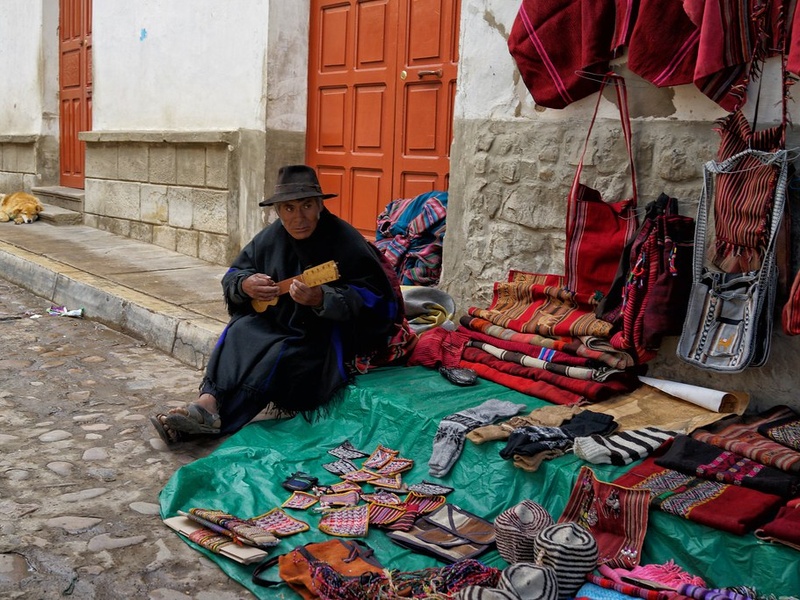
Tarabuco Market
Tarabuco Market is a traditional indigenous market known for textile weaving patterns and cultural dress. It connects living craft traditions to historical identity.

San Calixto Observatory
San Calixto Observatory in La Paz is a historic astronomical site with 19th-century instruments and scientific history links to Andean astronomy.

Villa Abecia & Camargo
Villa Abecia and Camargo are historic towns with colonial layout, mission churches, and regional trade history in southern Bolivia.
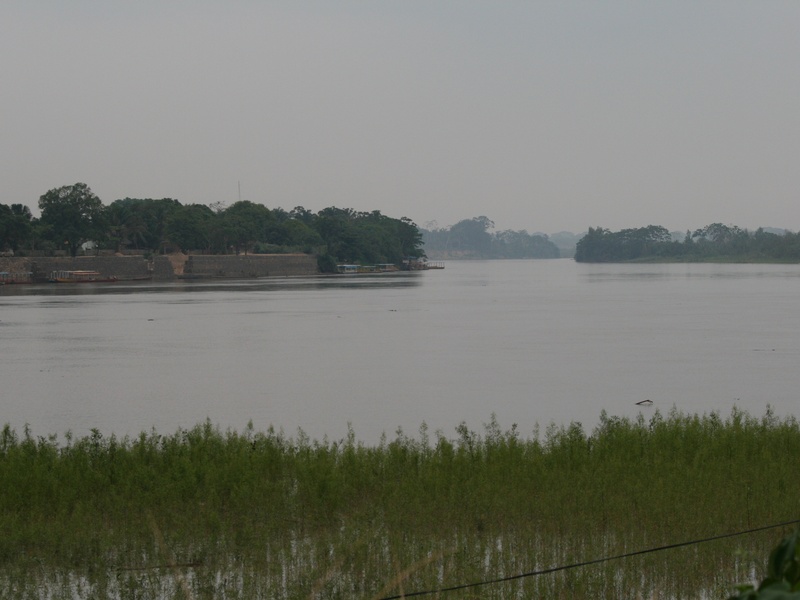
Rurrenabaque Town
Rurrenabaque is a river port gateway to the Amazon with colonial-era trade routes and indigenous cultural links. It anchors eco-cultural travel into the lowlands.

Guayaramerín Town
Guayaramerín sits on the Beni River border and reflects frontier trade, Jesuit mission influence, and rubber-era history in the Amazonian lowlands.

Cobija City
Cobija is a coastal-border city in northern Bolivia with frontier and export history. It shows modern development layered on Amazonian trade routes.
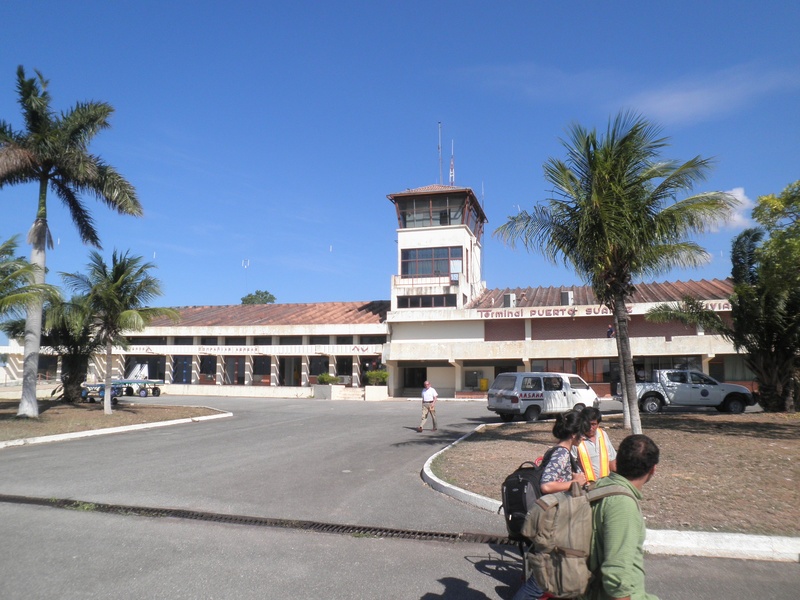
Puerto Suárez
Puerto Suárez is an eastern border town with railroad and river links to Brazil. It highlights regional transport and frontier economic history.
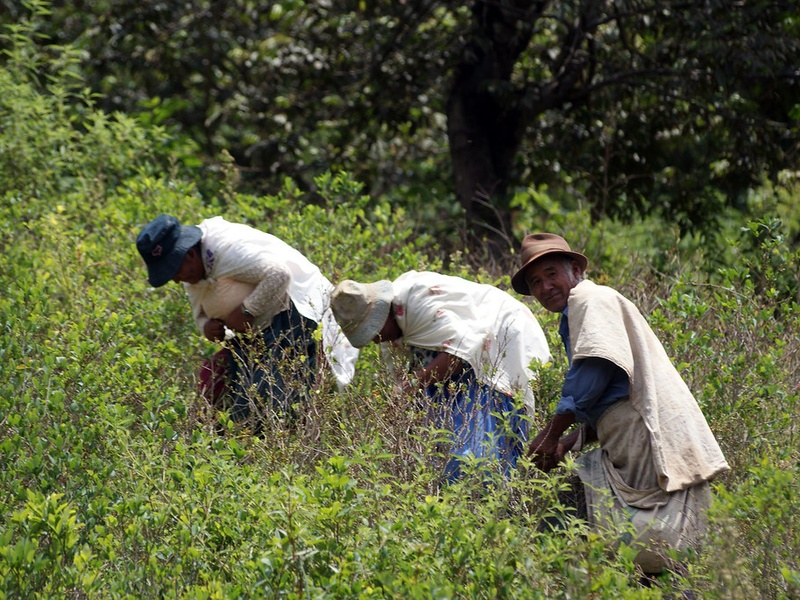
Chulumani
Chulumani is a Yungas town with colonial-era hacienda sites and agricultural history tied to coca, coffee, and regional trade.
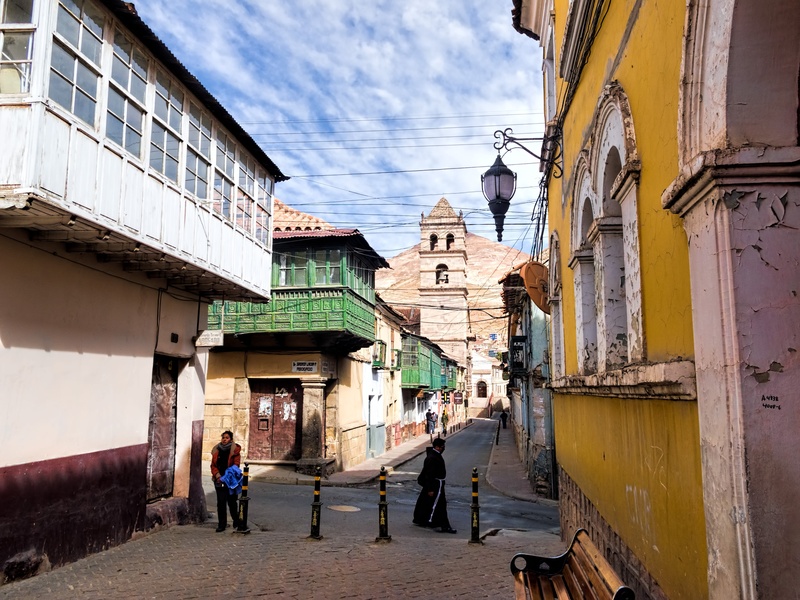
San Francisco Convent, Tarija
The San Francisco Convent in Tarija is a colonial religious complex with cloisters and art. It marks regional missionary and civic history.
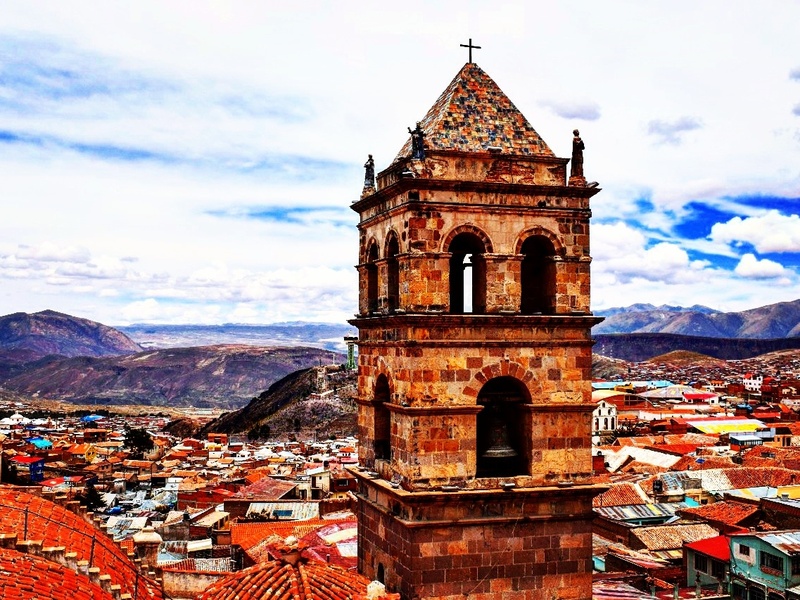
San Francisco Convent, Potosí
Potosí’s San Francisco Convent is a baroque-era religious site that served social and religious roles during mining booms.
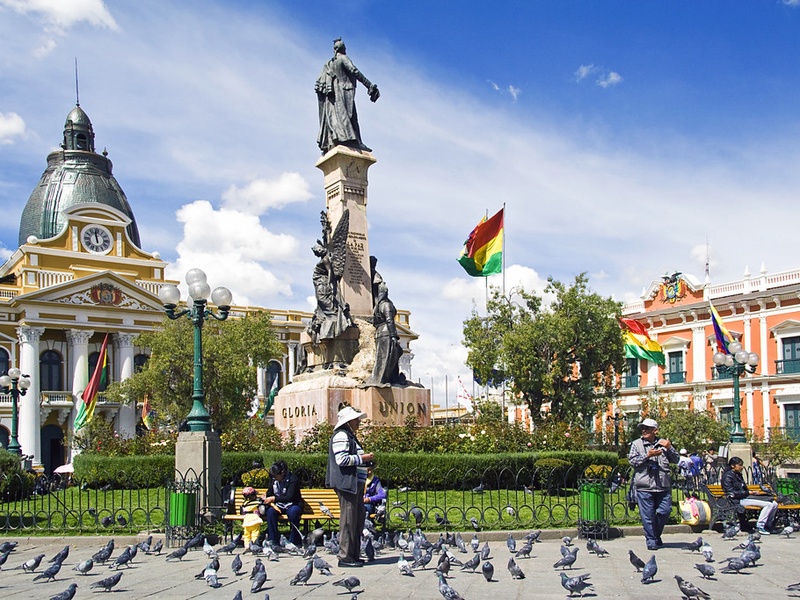
Plaza Murillo
Plaza Murillo in La Paz is the political and historic center containing government buildings and monuments tied to national history.

Evo Morales Museum
The Evo Morales Museum records recent political history and indigenous movements tied to the Morales era. It documents contemporary political change.
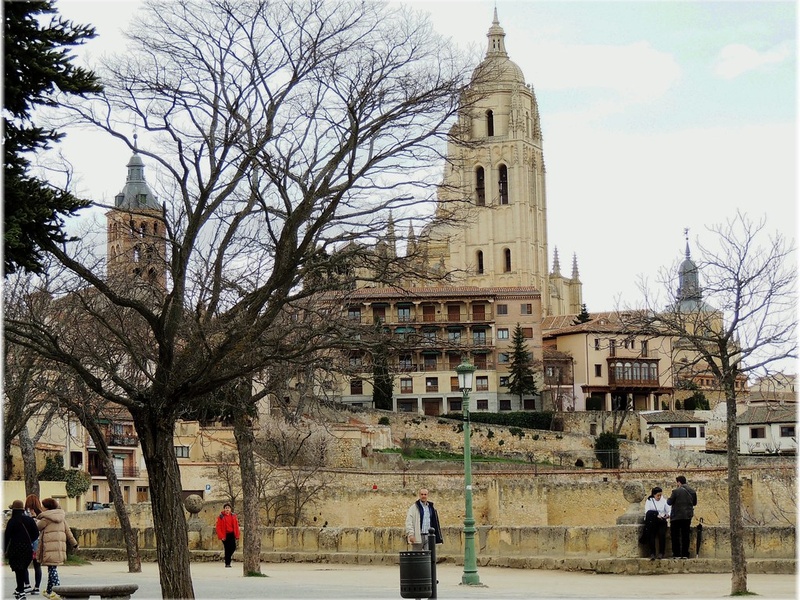
Church of San Pedro, La Paz
San Pedro church is a colonial religious site in La Paz with historic architecture and links to local parish life.
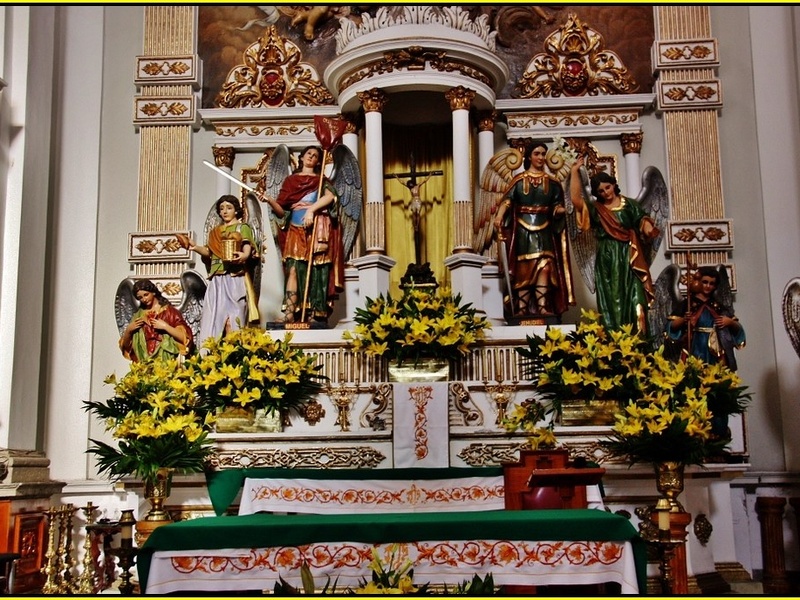
Church of Santo Domingo, La Paz
Santo Domingo church is a colonial-era Dominican church with carved altars and historic art in central La Paz.
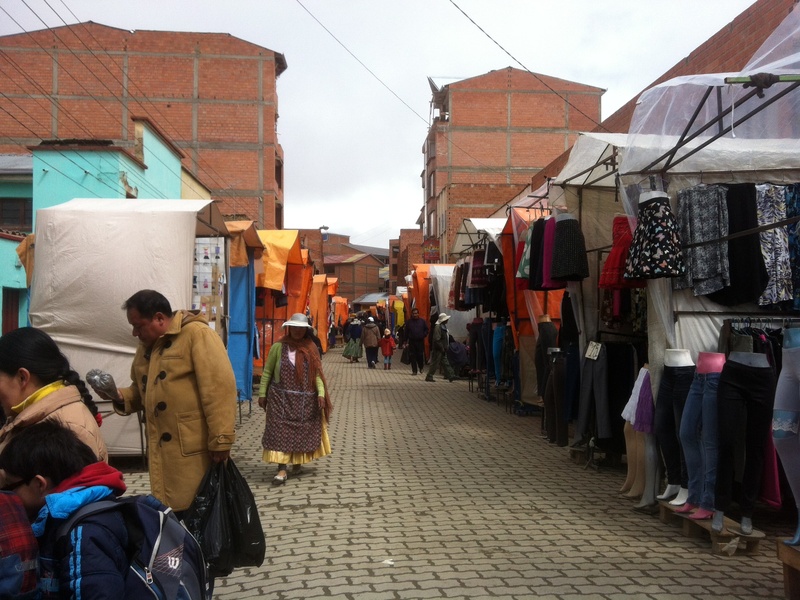
El Alto’s Feria 16 de Julio
Feria 16 de Julio in El Alto is a major Sunday market with cultural goods, traditional dress, and Aymara trade traditions at urban scale.
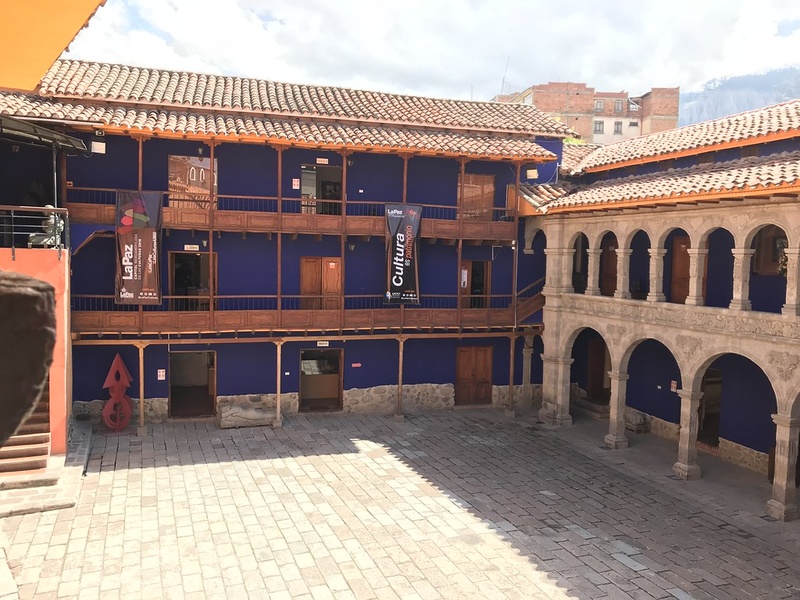
Tambo Quirquincho Museum
Tambo Quirquincho Museum in Cochabamba displays colonial and republican artifacts, local crafts, and civic history collections.
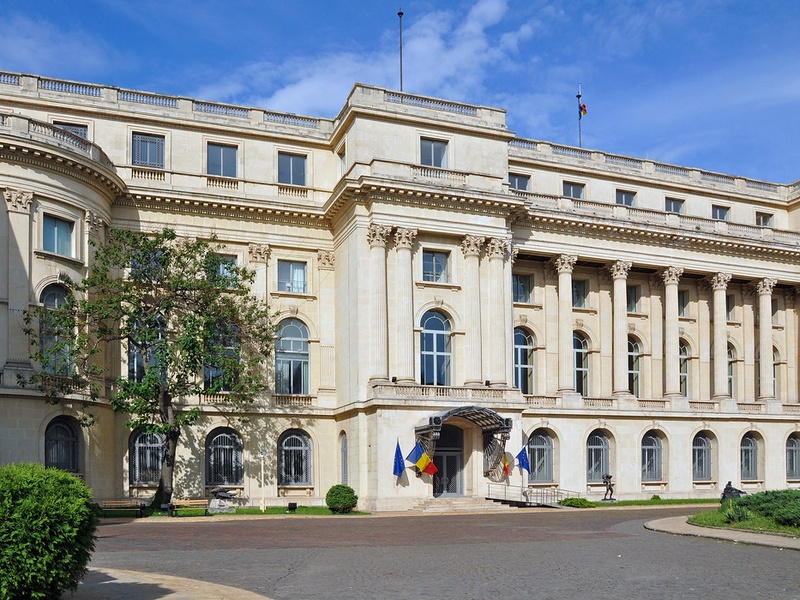
National Art Museum
The National Art Museum in La Paz preserves Bolivian painting and colonial religious art. It contextualizes aesthetic history across eras.

Yotala
Yotala is a small town with colonial-era churches and local craft production. It exemplifies rural colonial heritage in the valleys.

Corani Lake Power Plant
Corani Lake and its power plant reflect 20th-century hydroelectric development and industrial heritage in Cochabamba region.

Camiri
Camiri is an oil town in Santa Cruz department with petroleum industry history and frontier settlement patterns tied to extractive economies.

